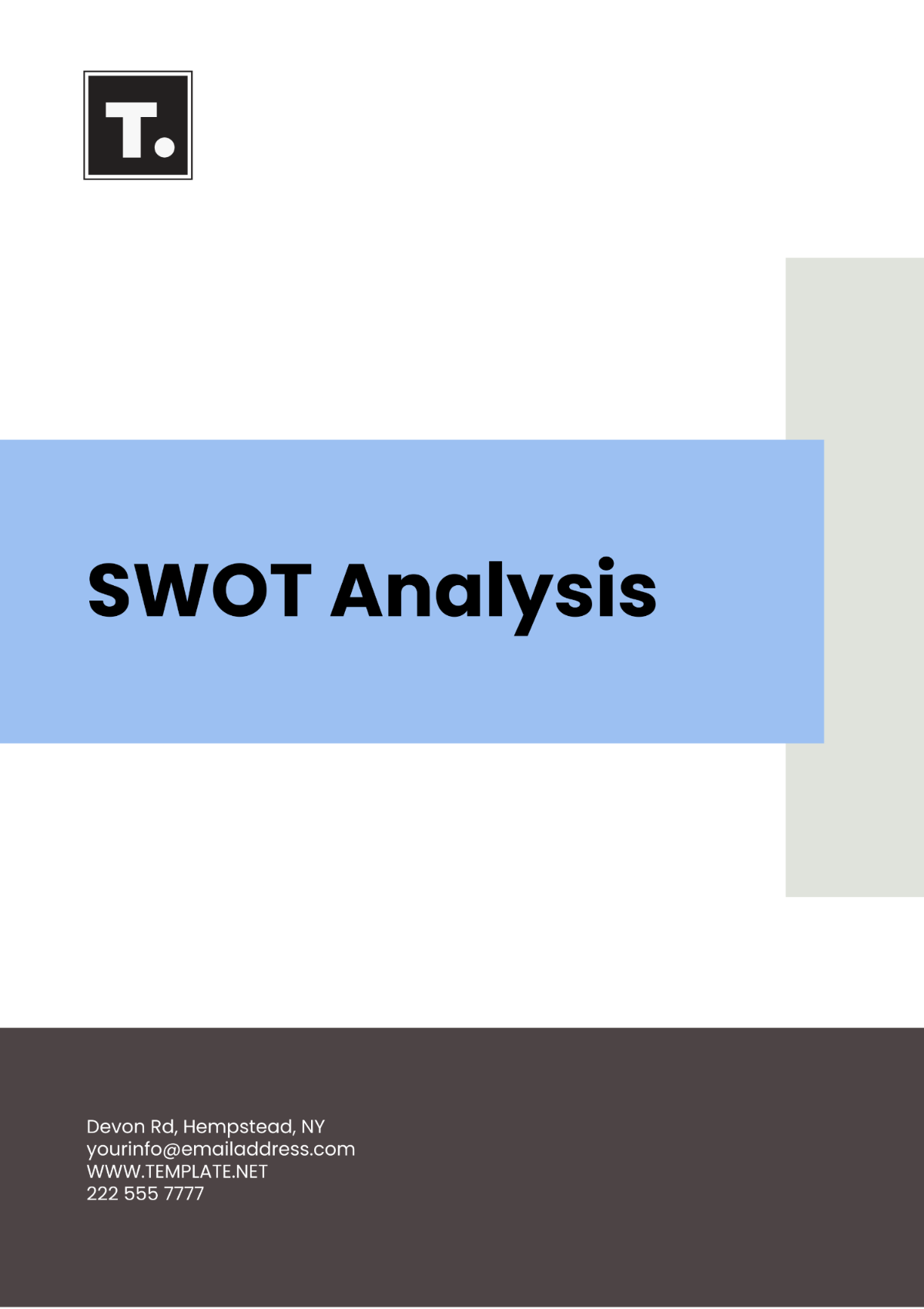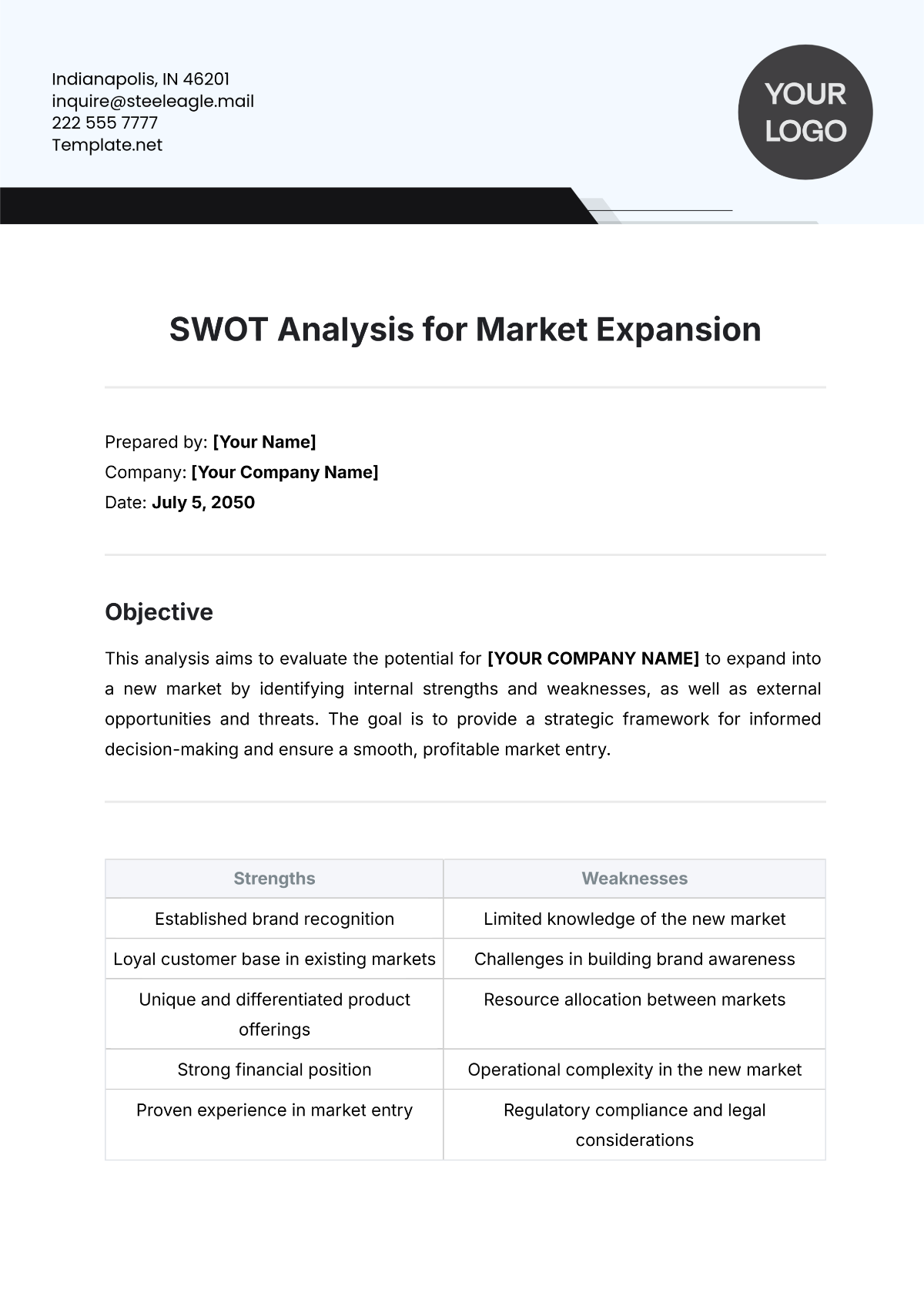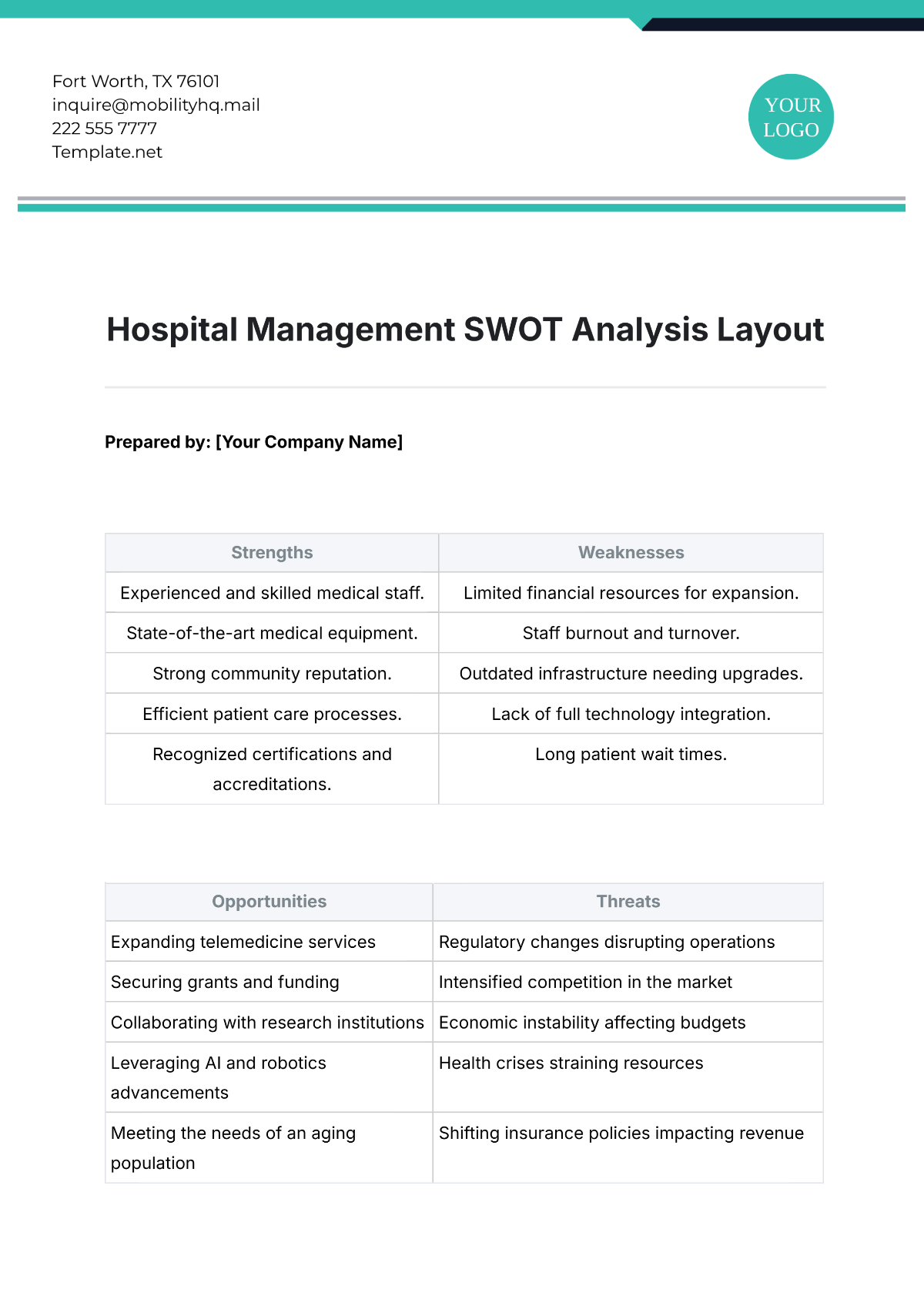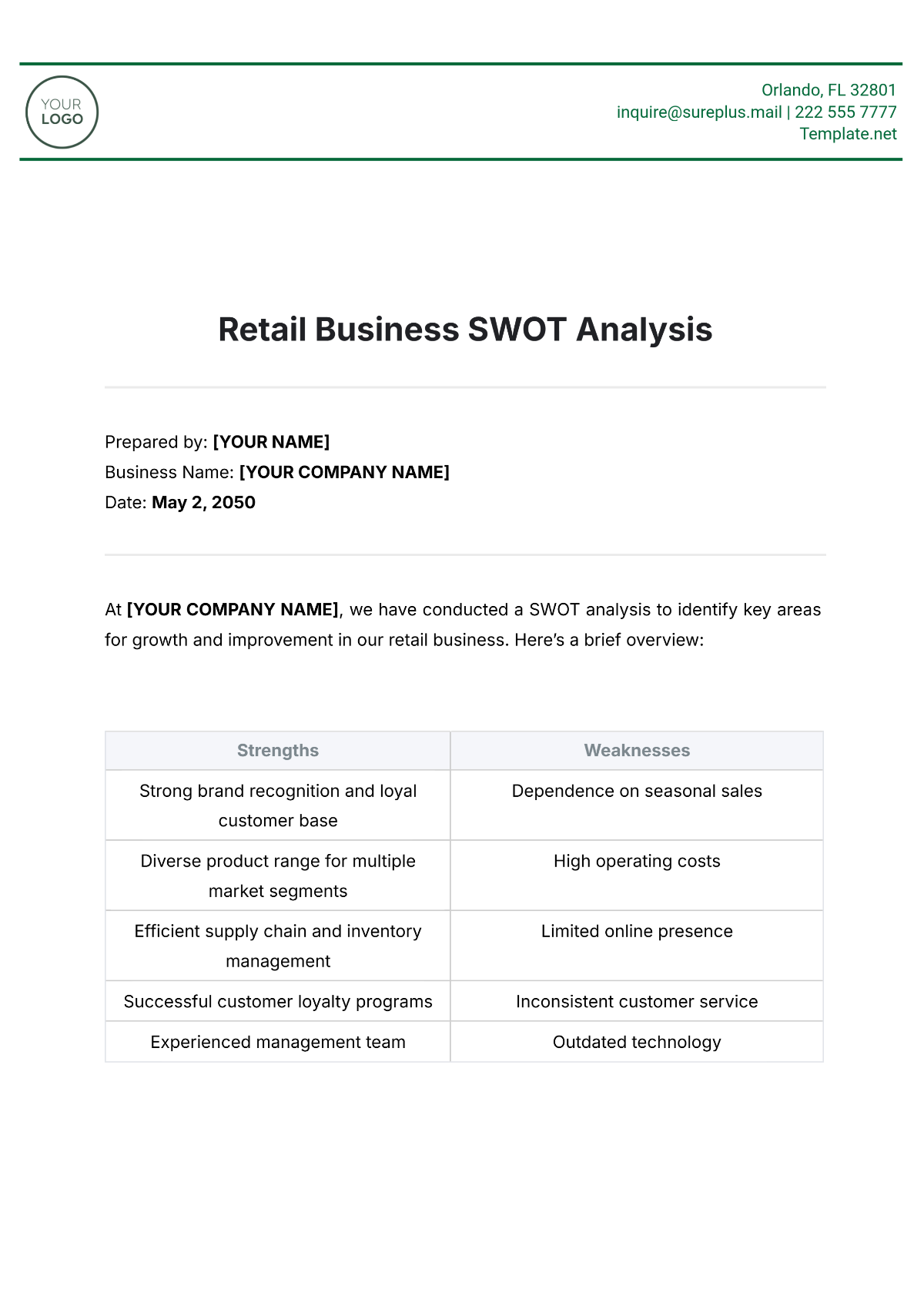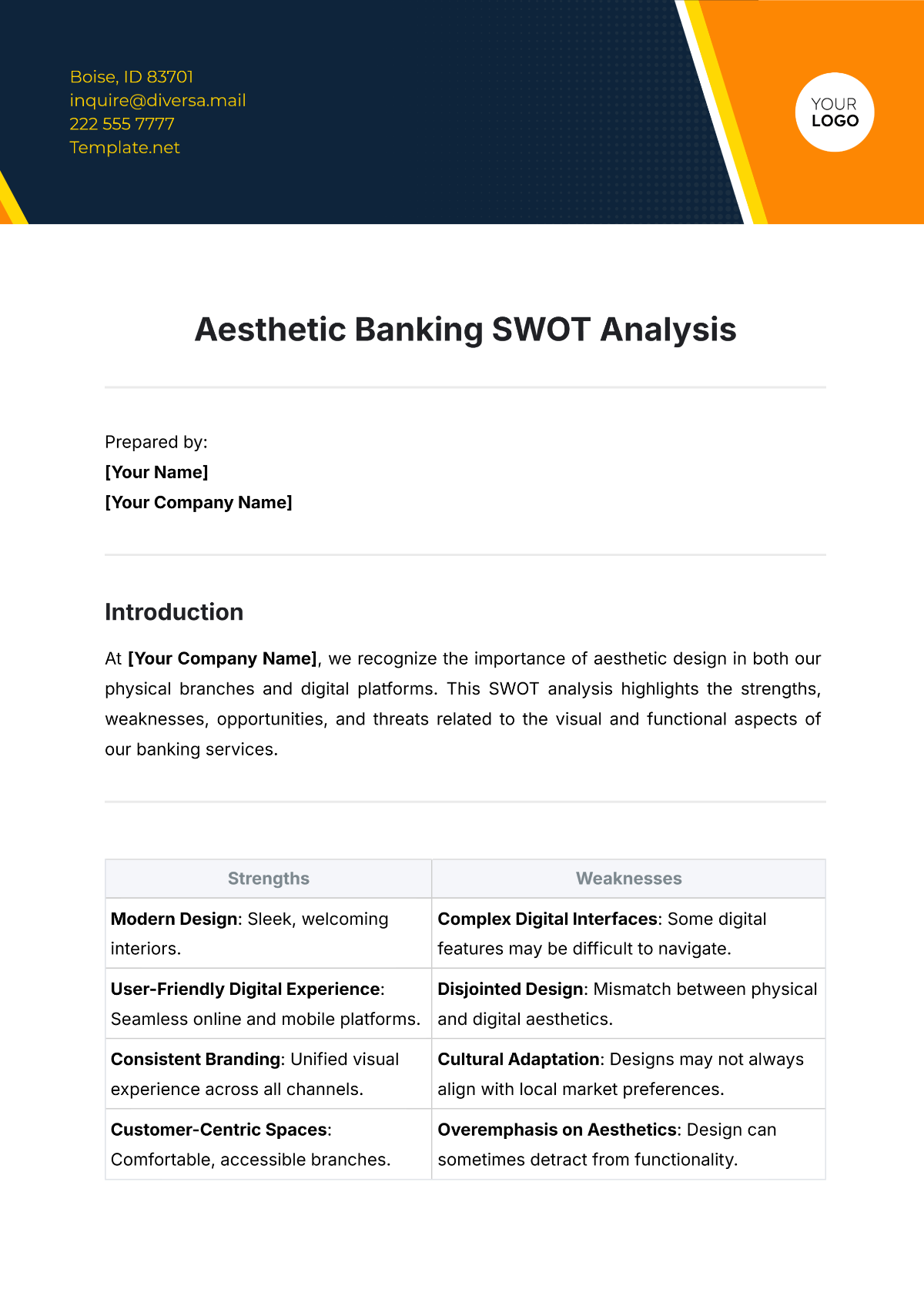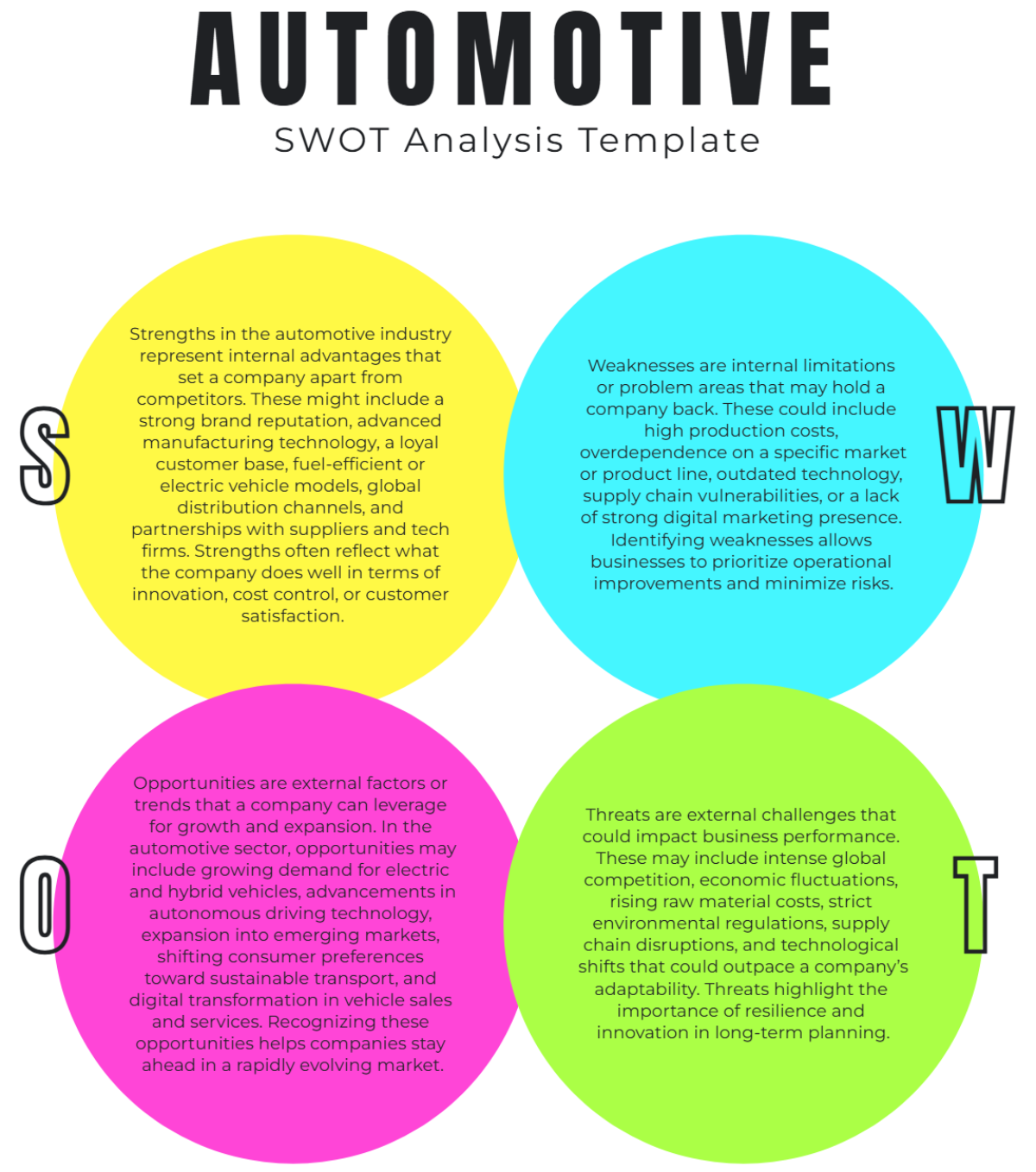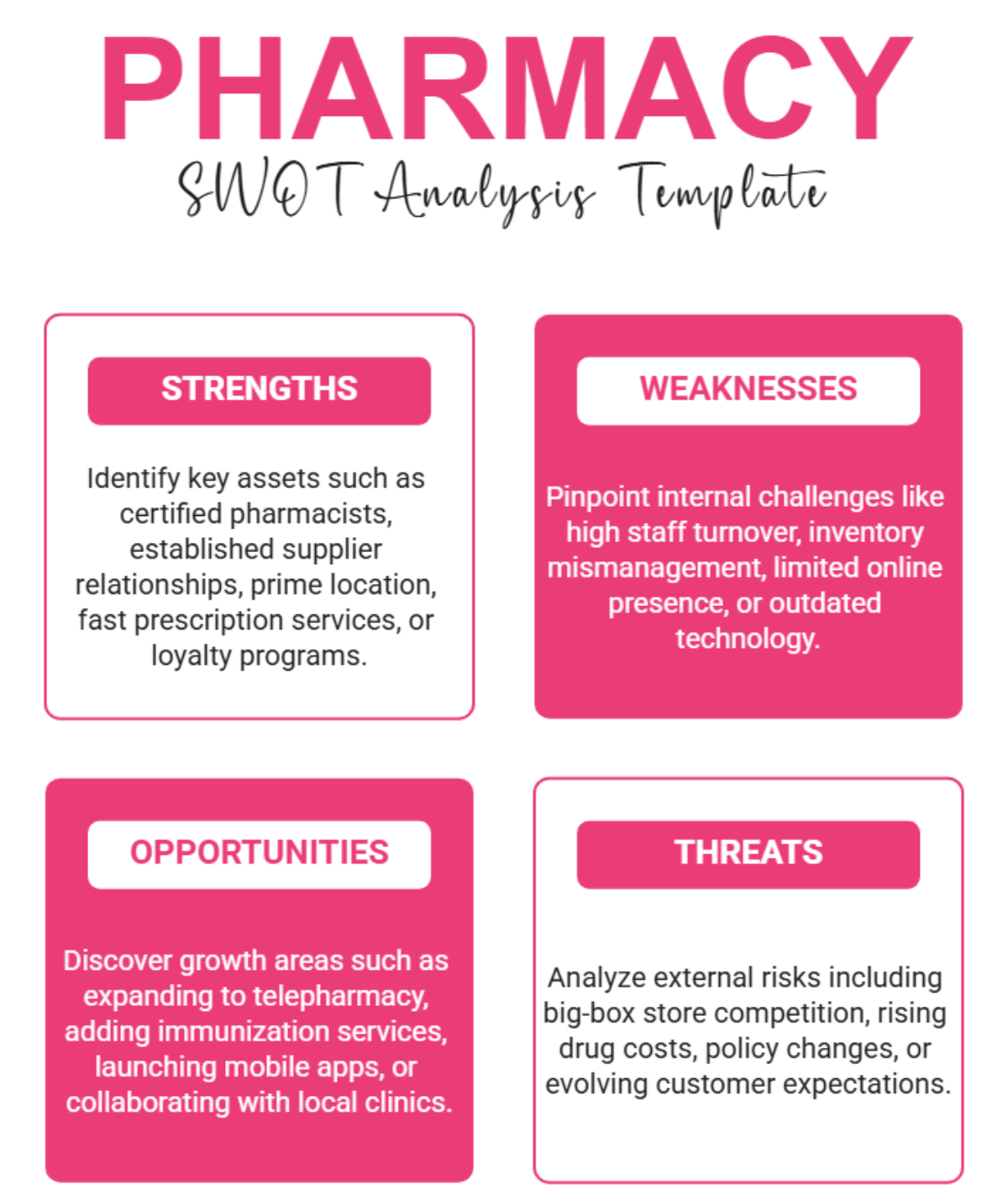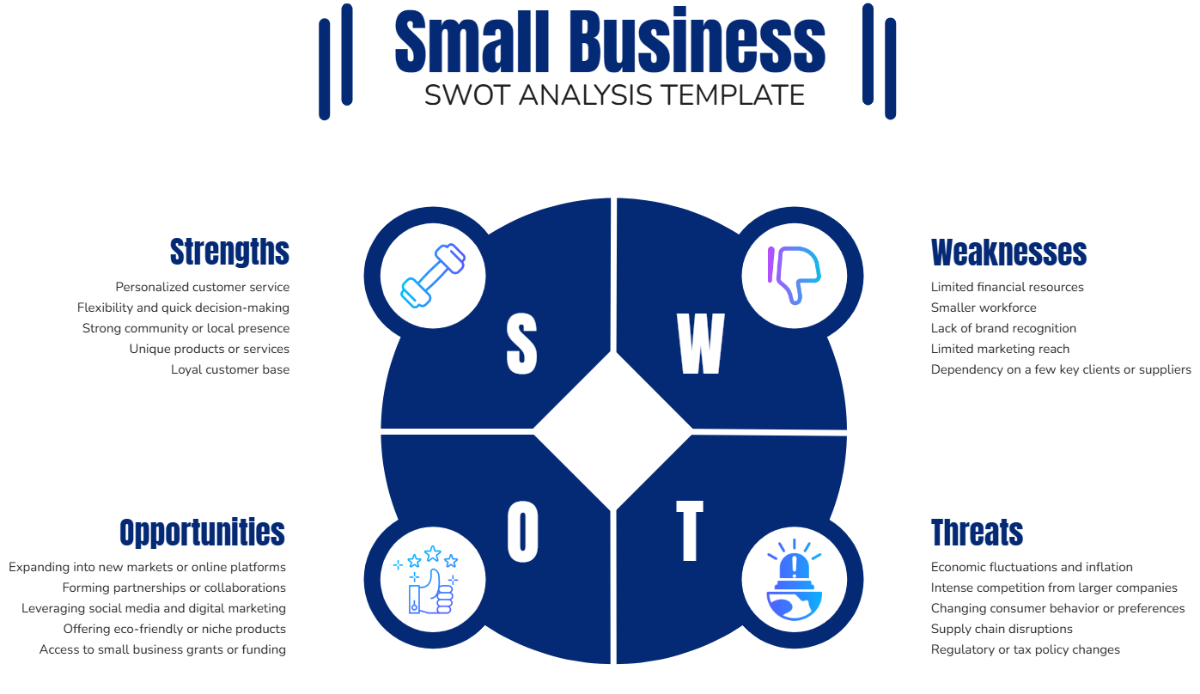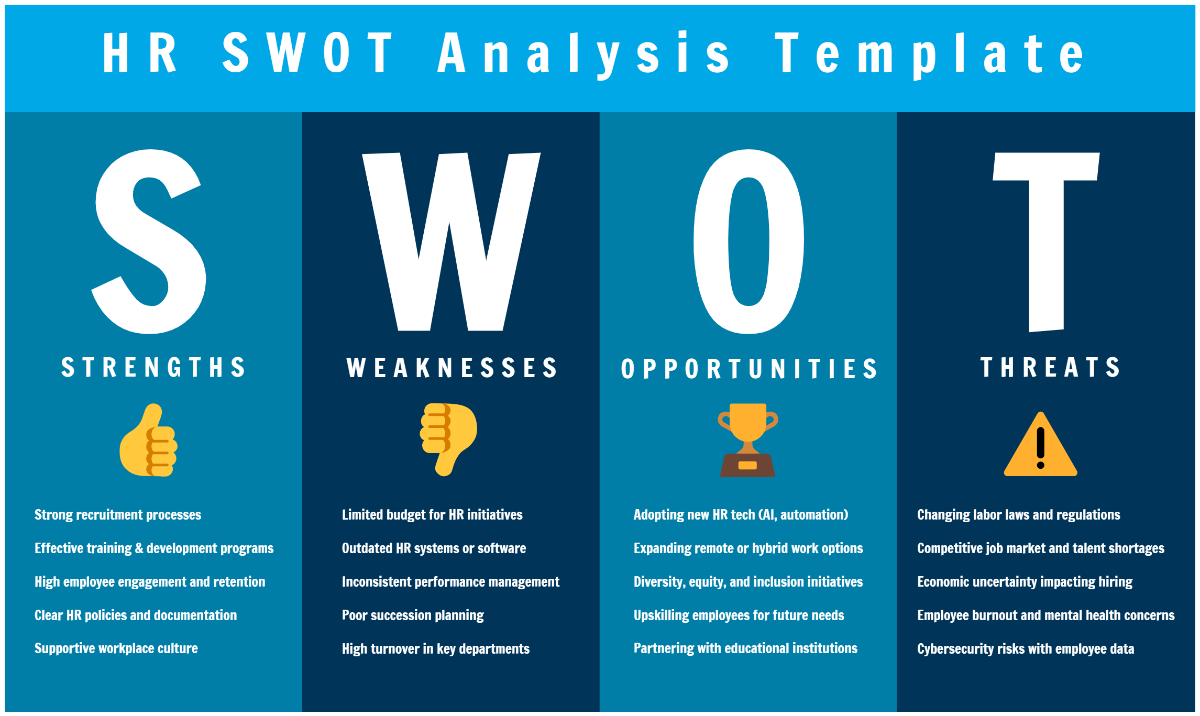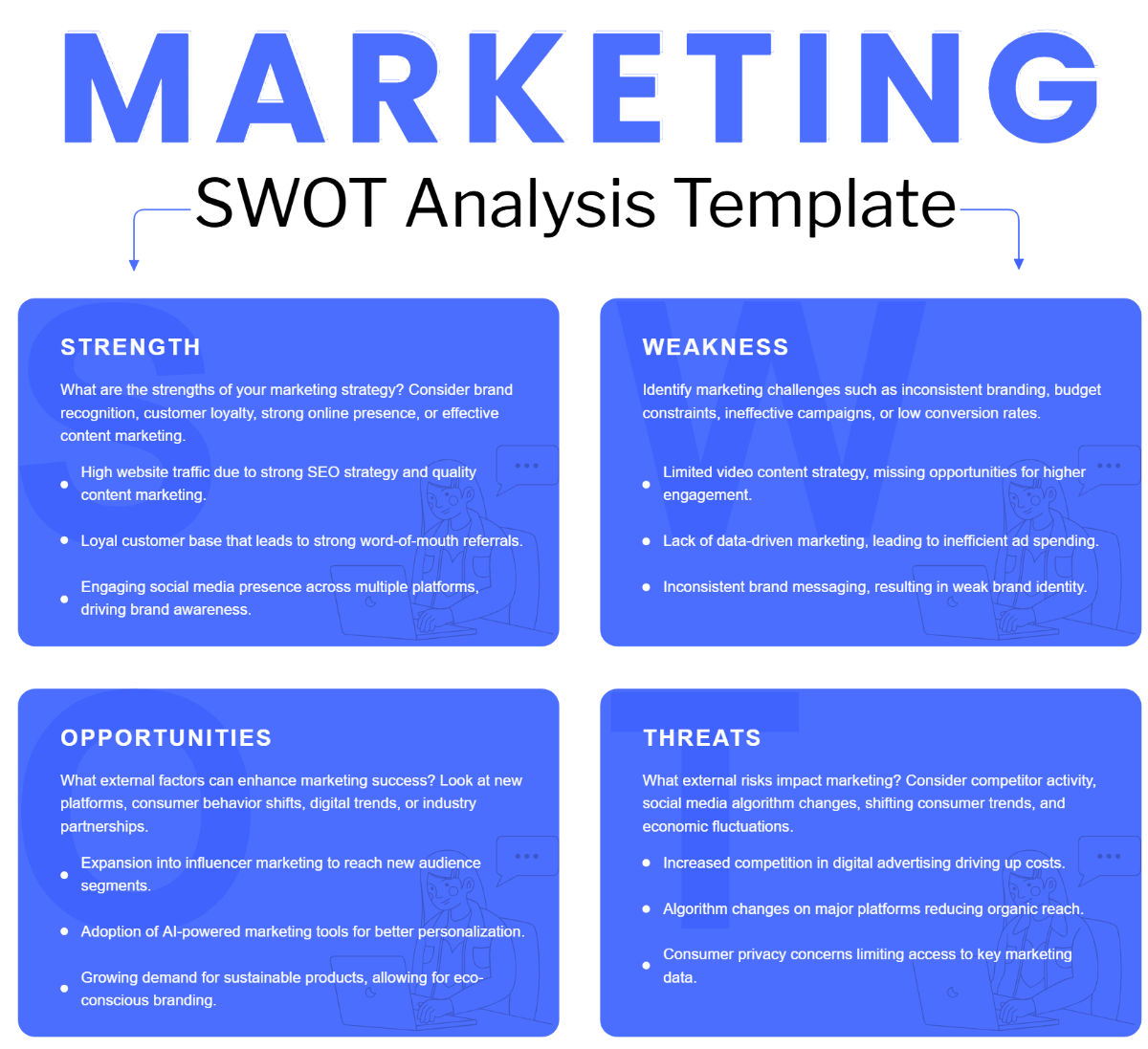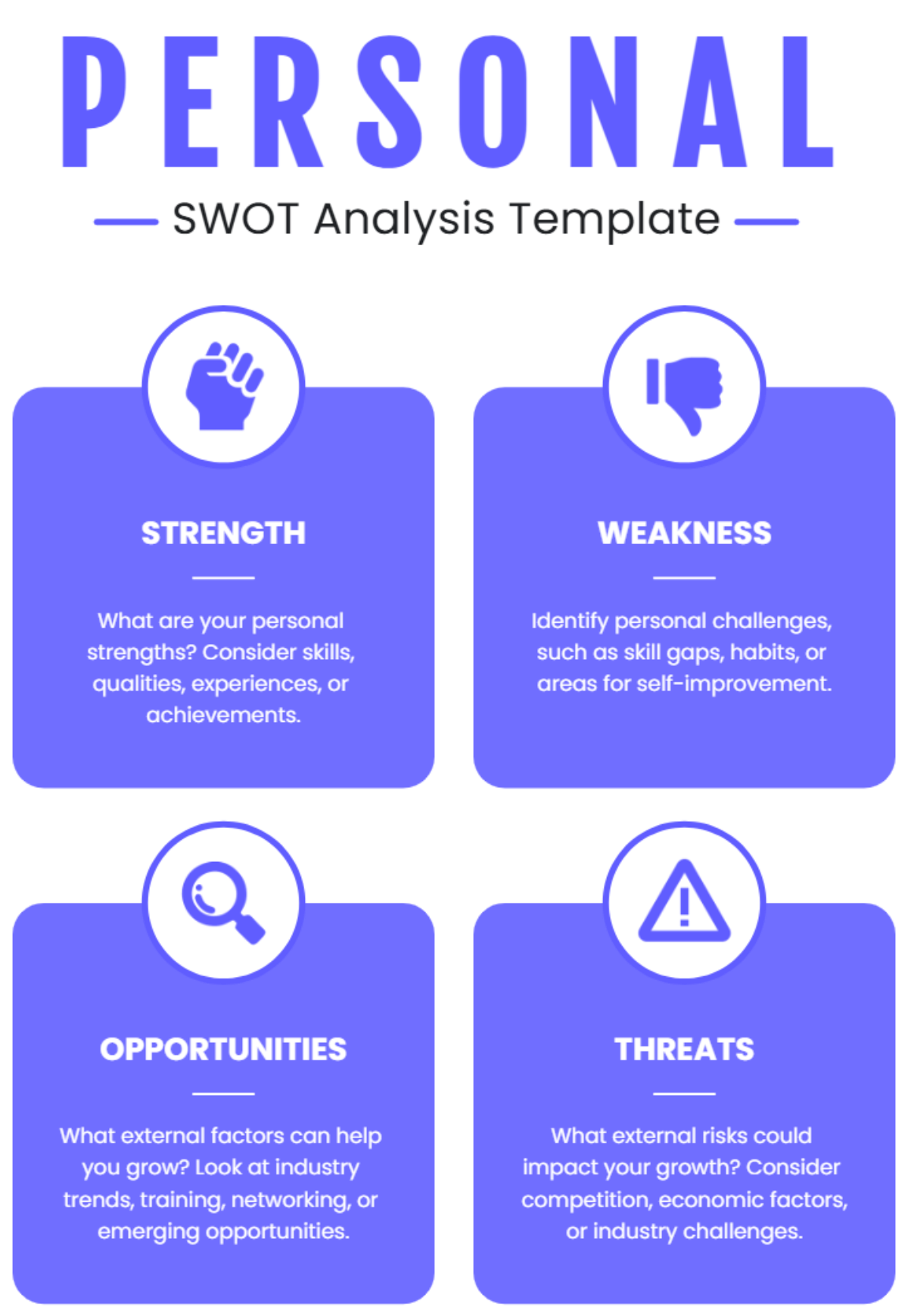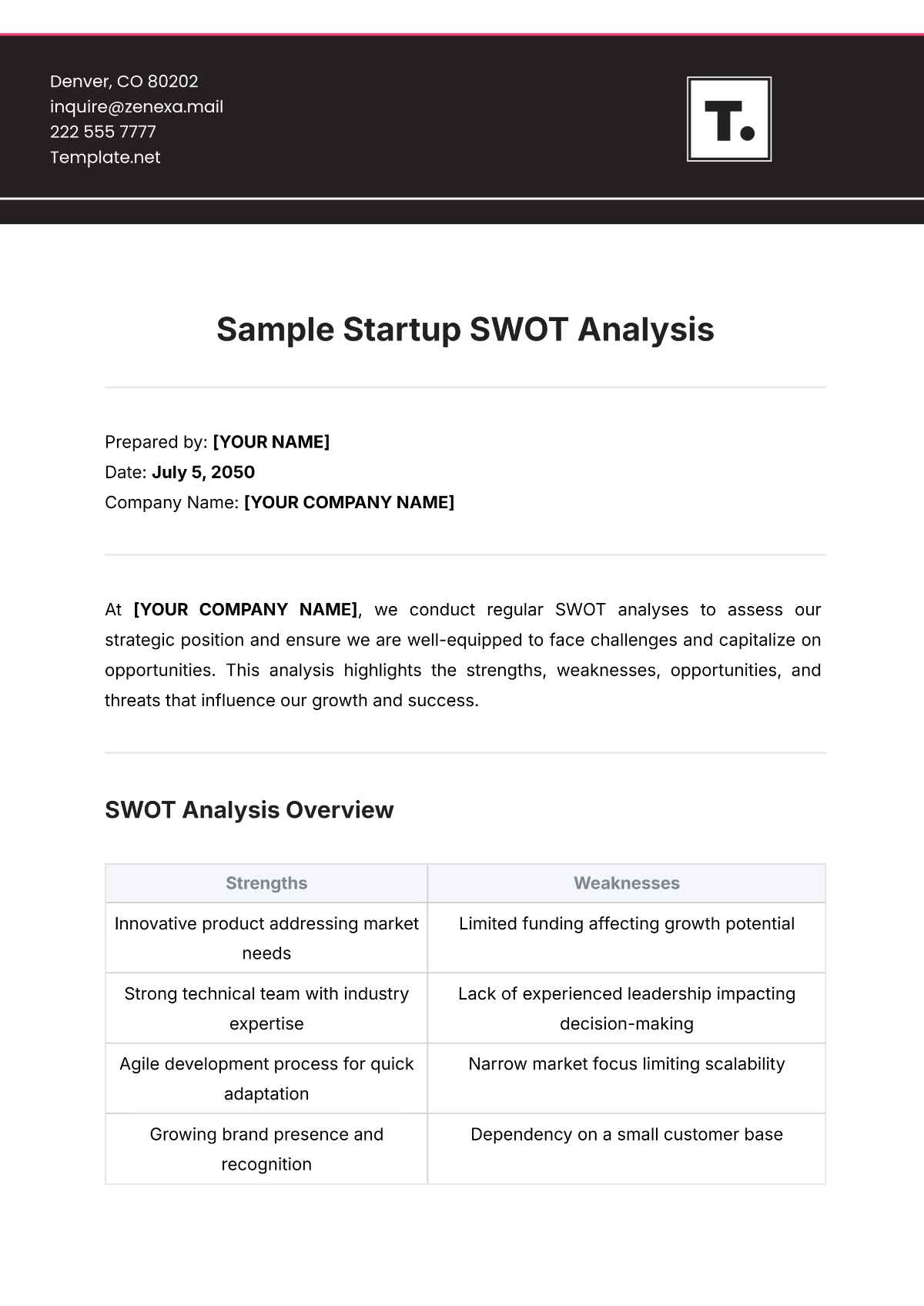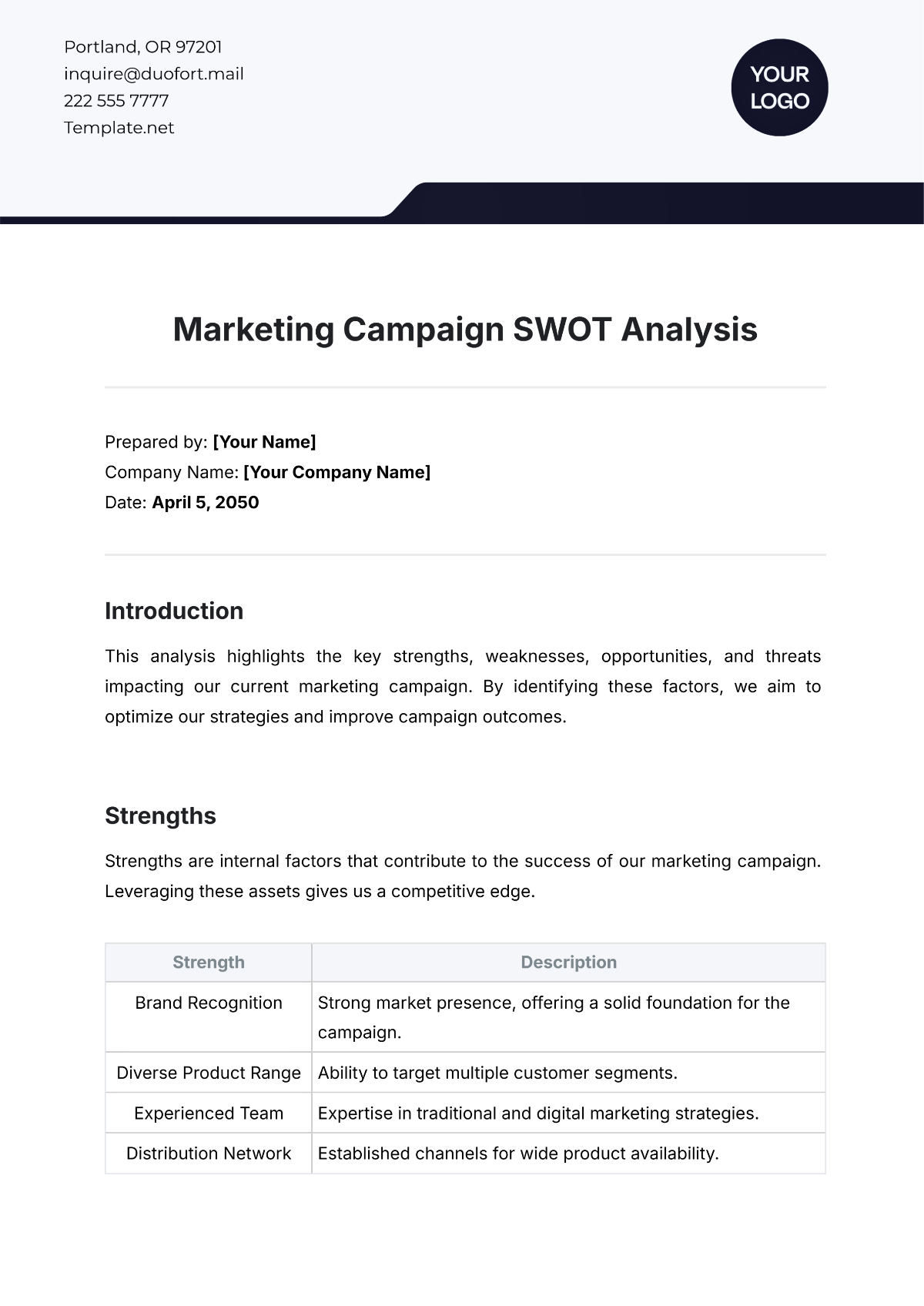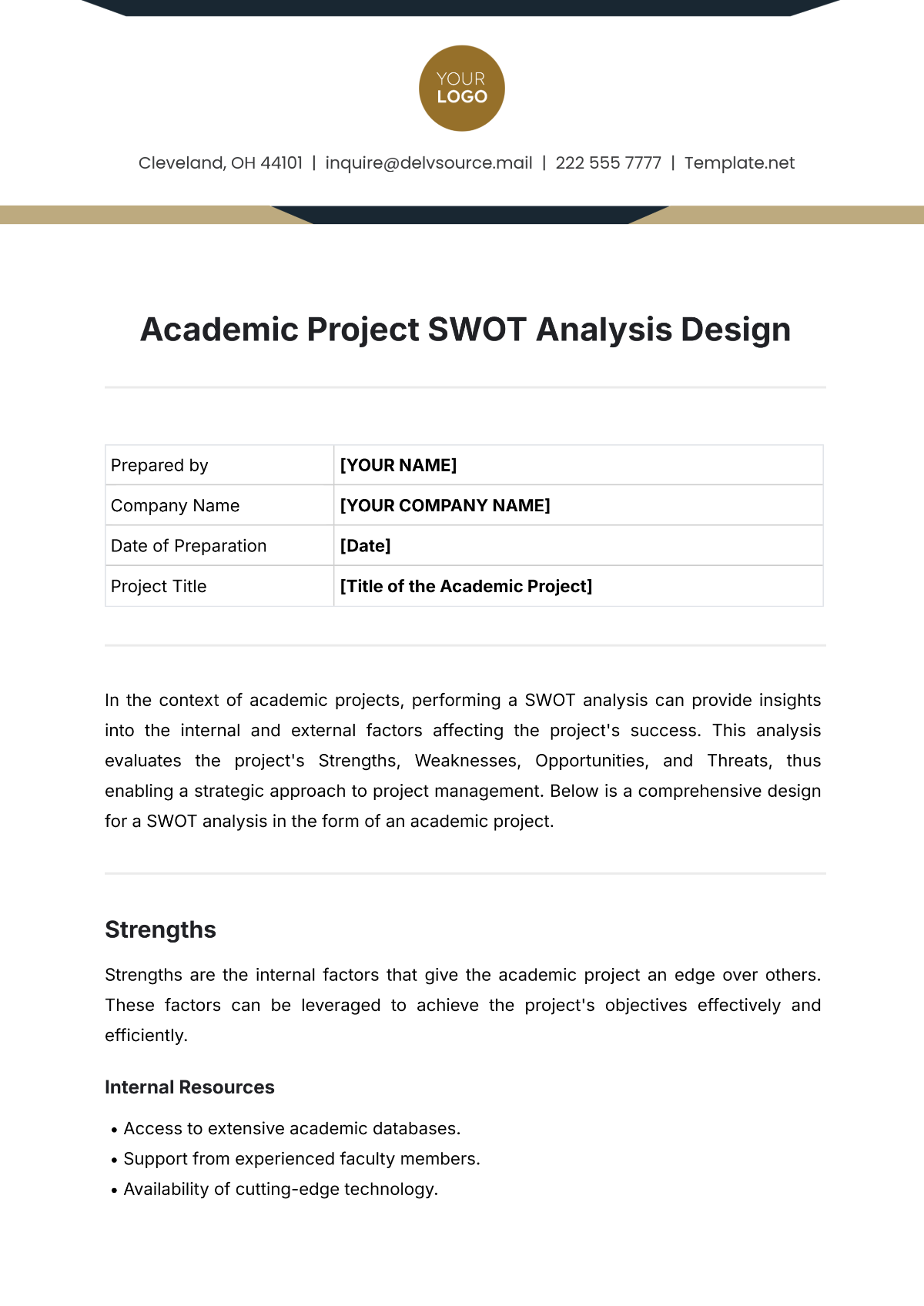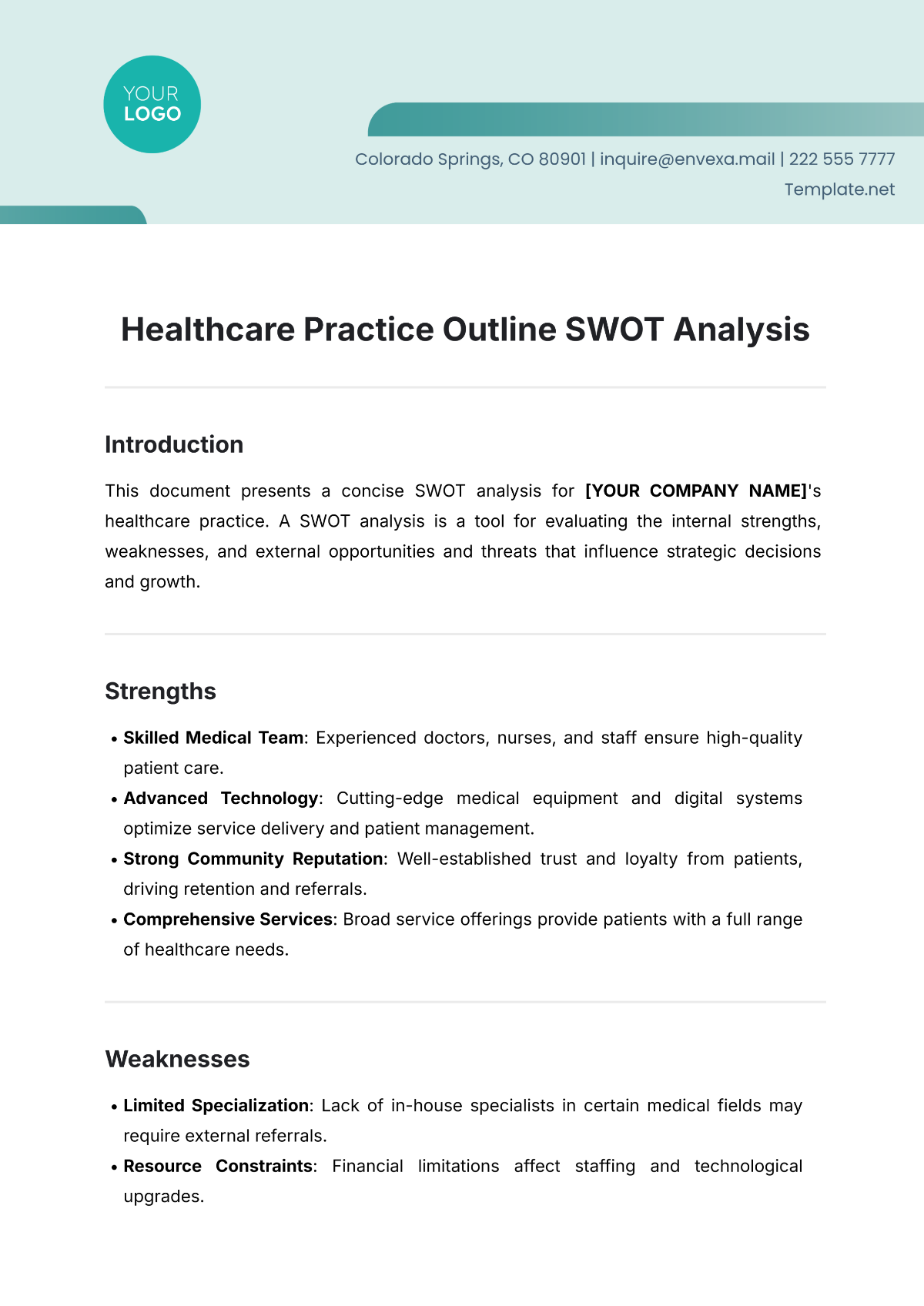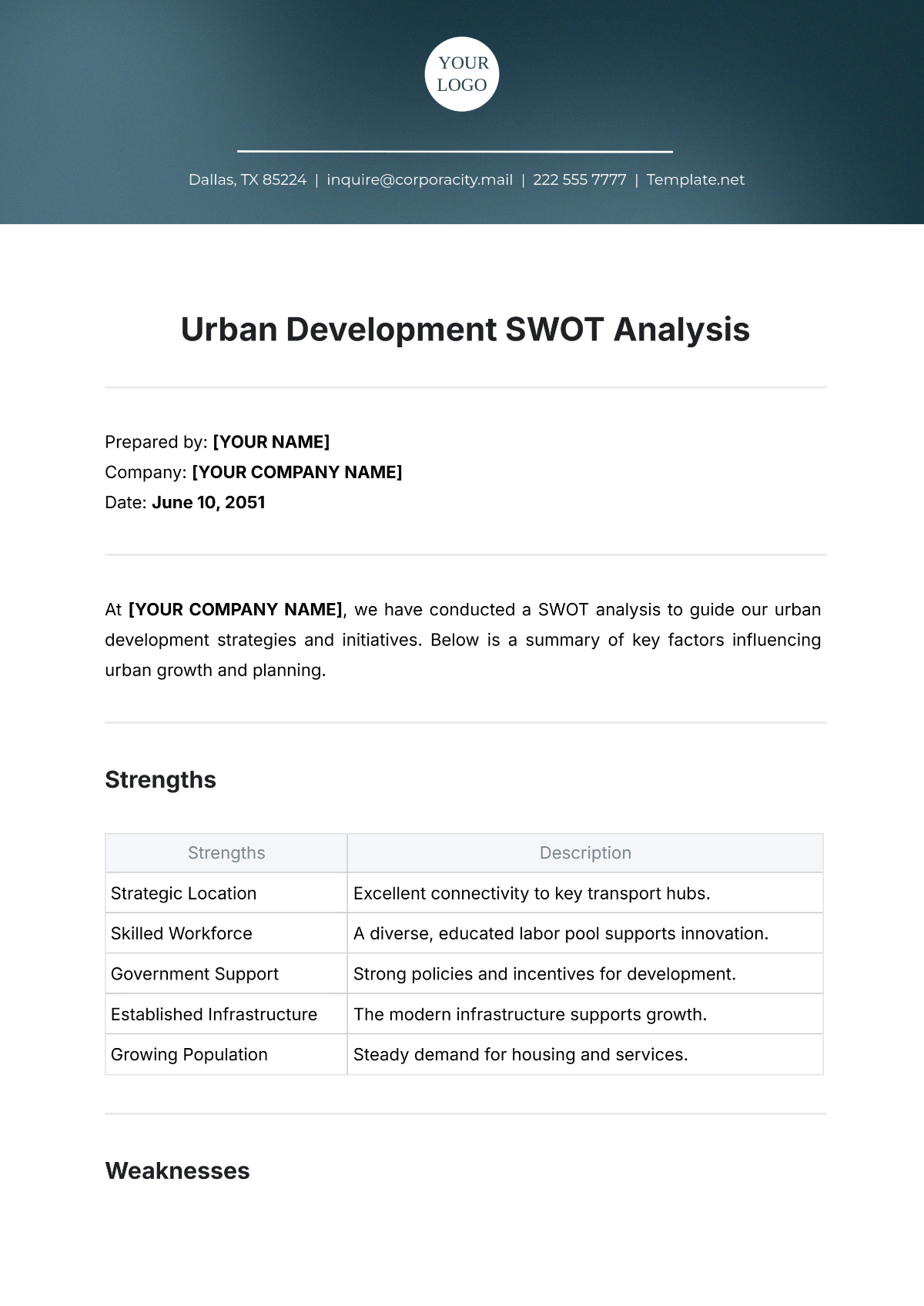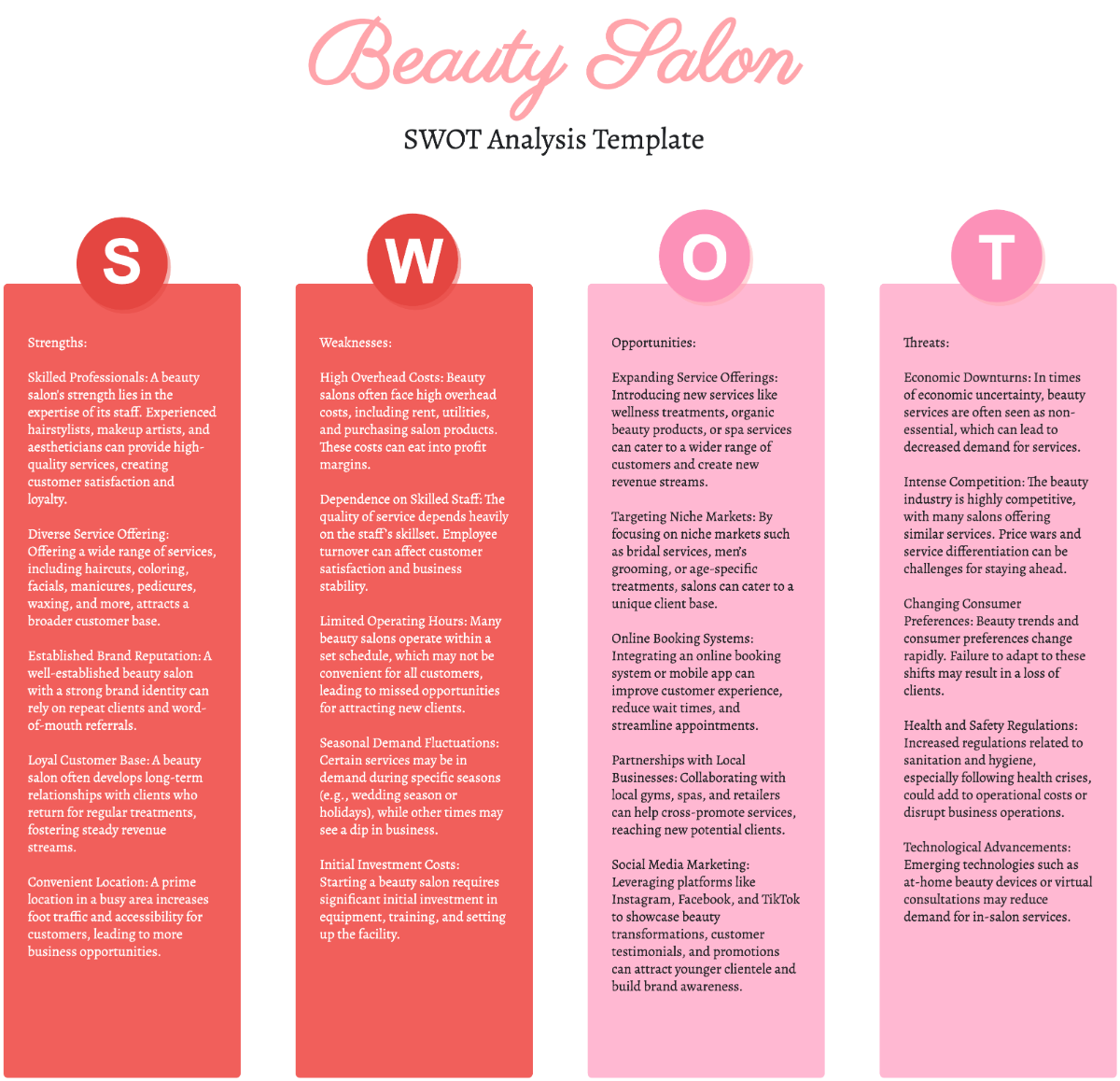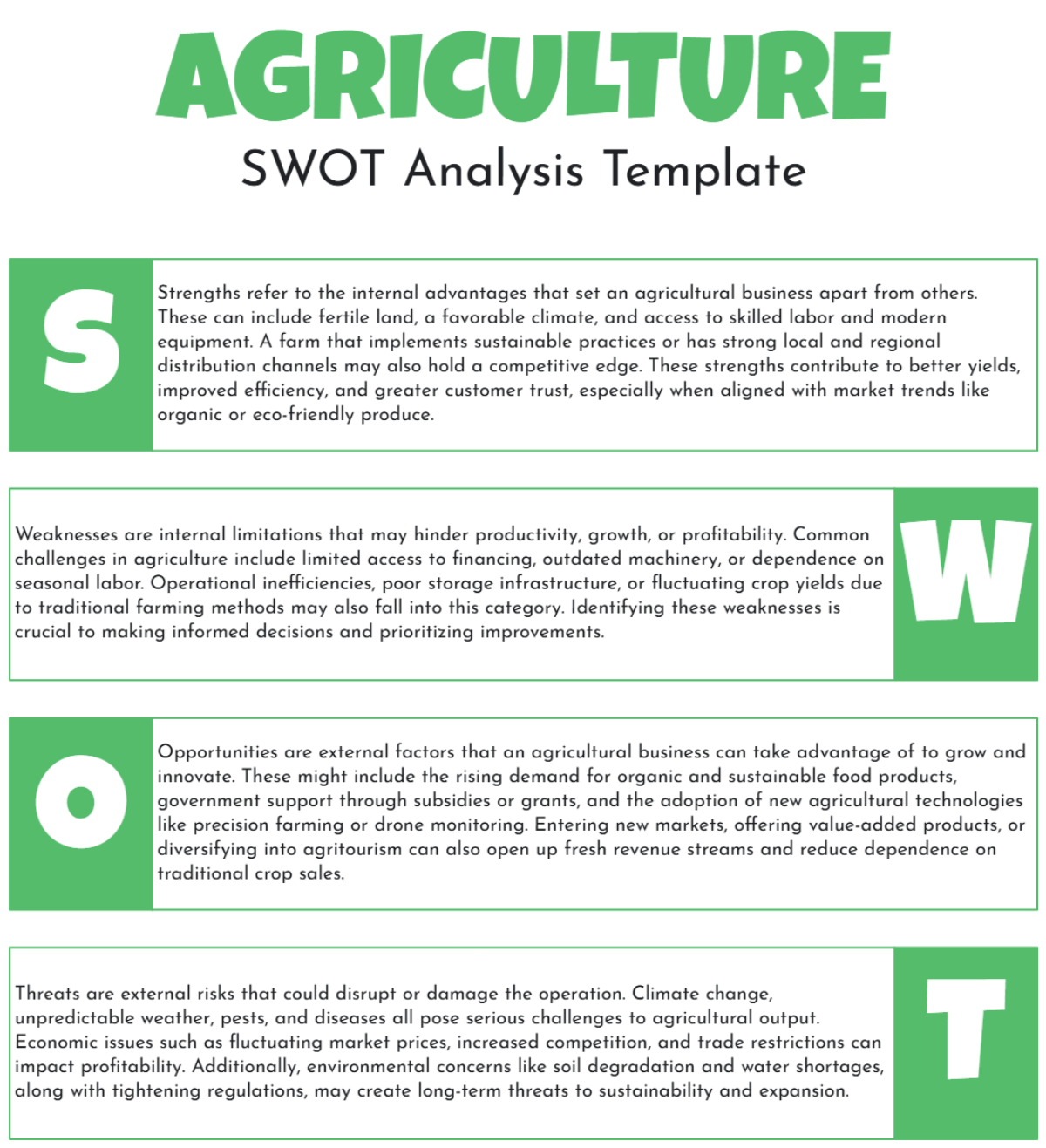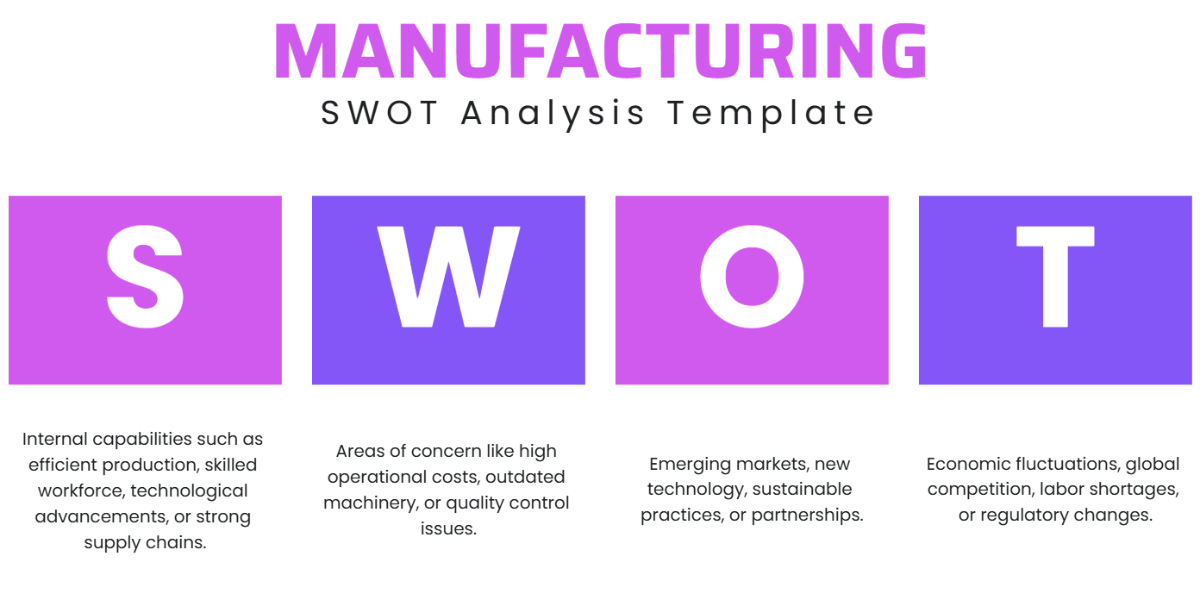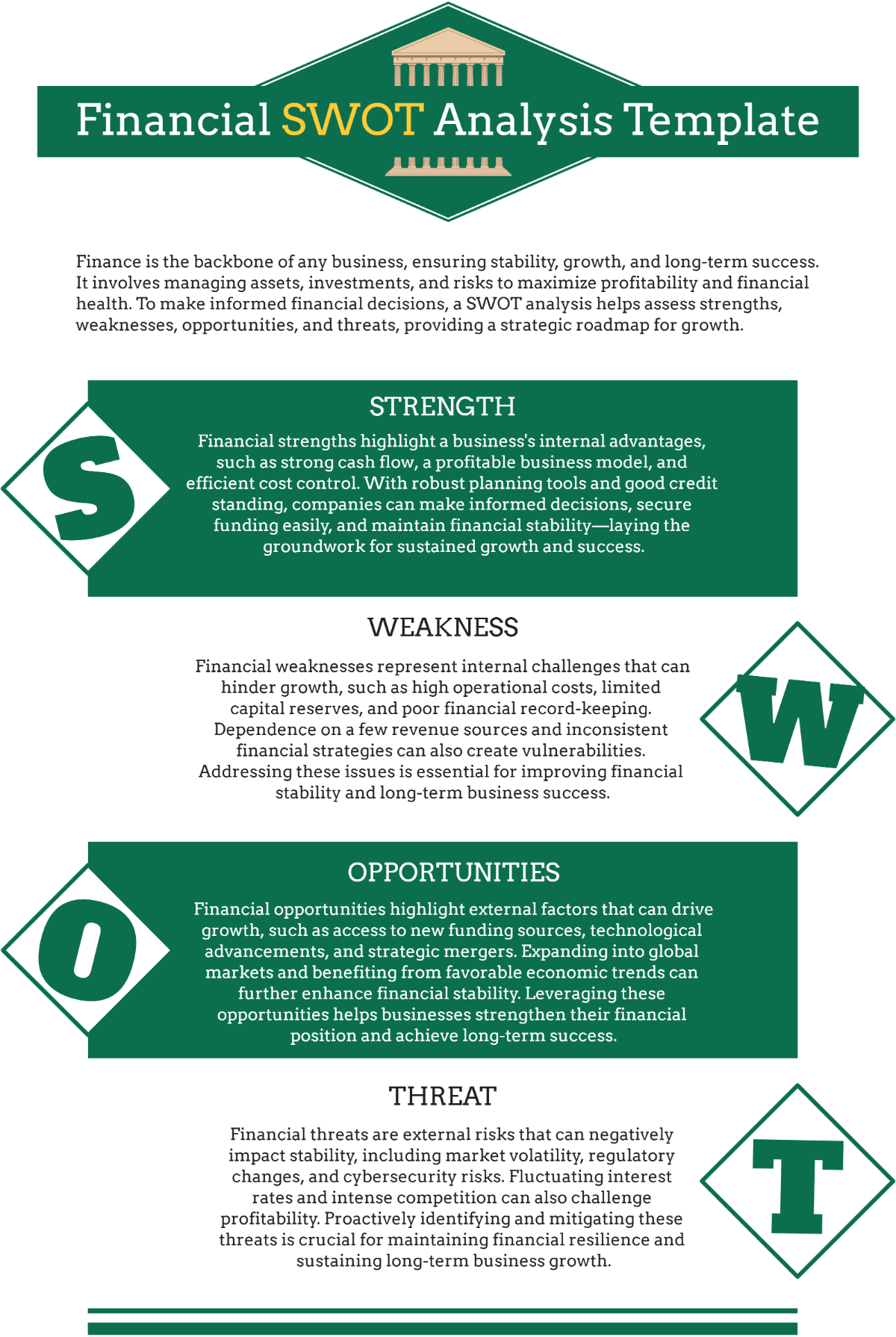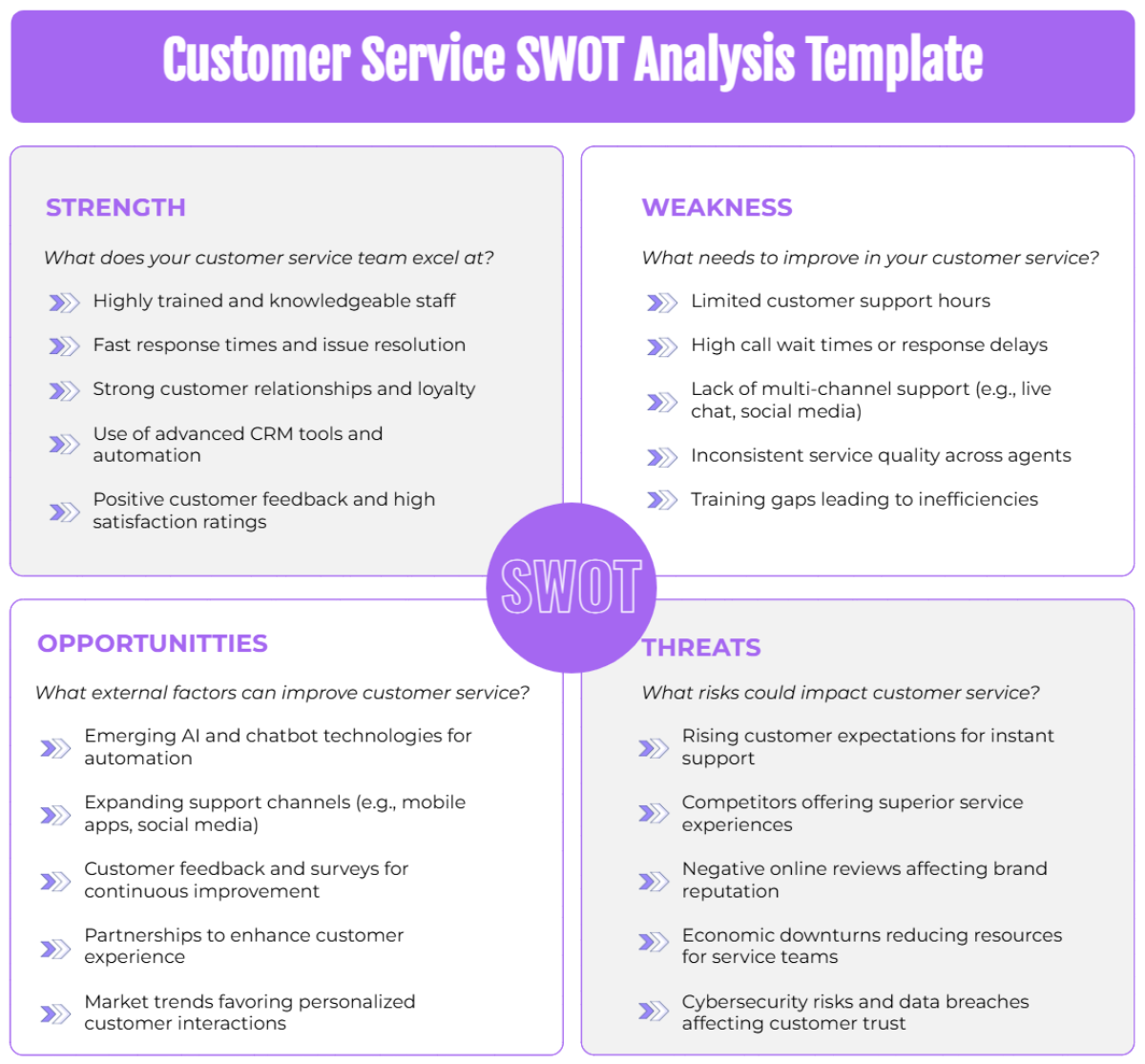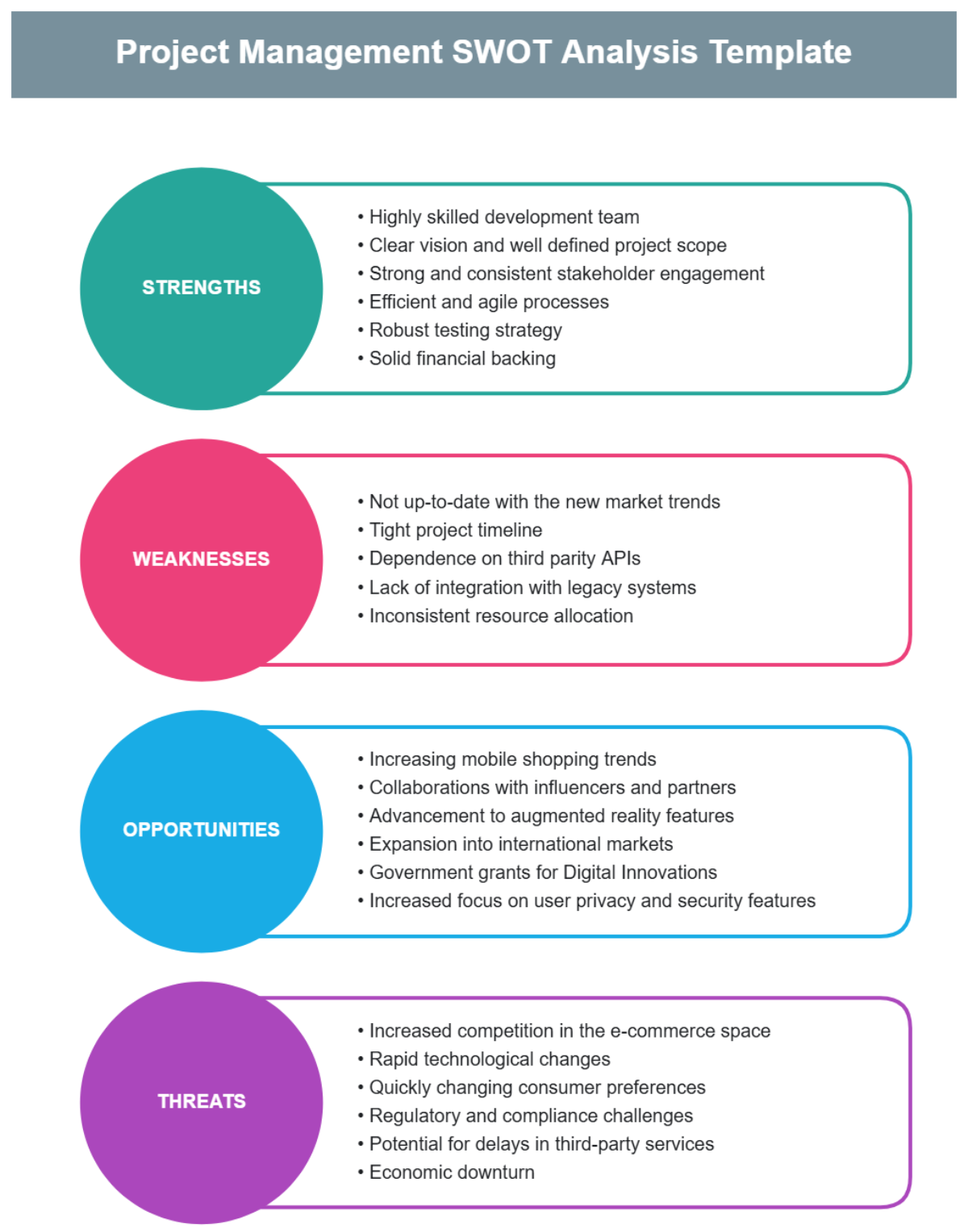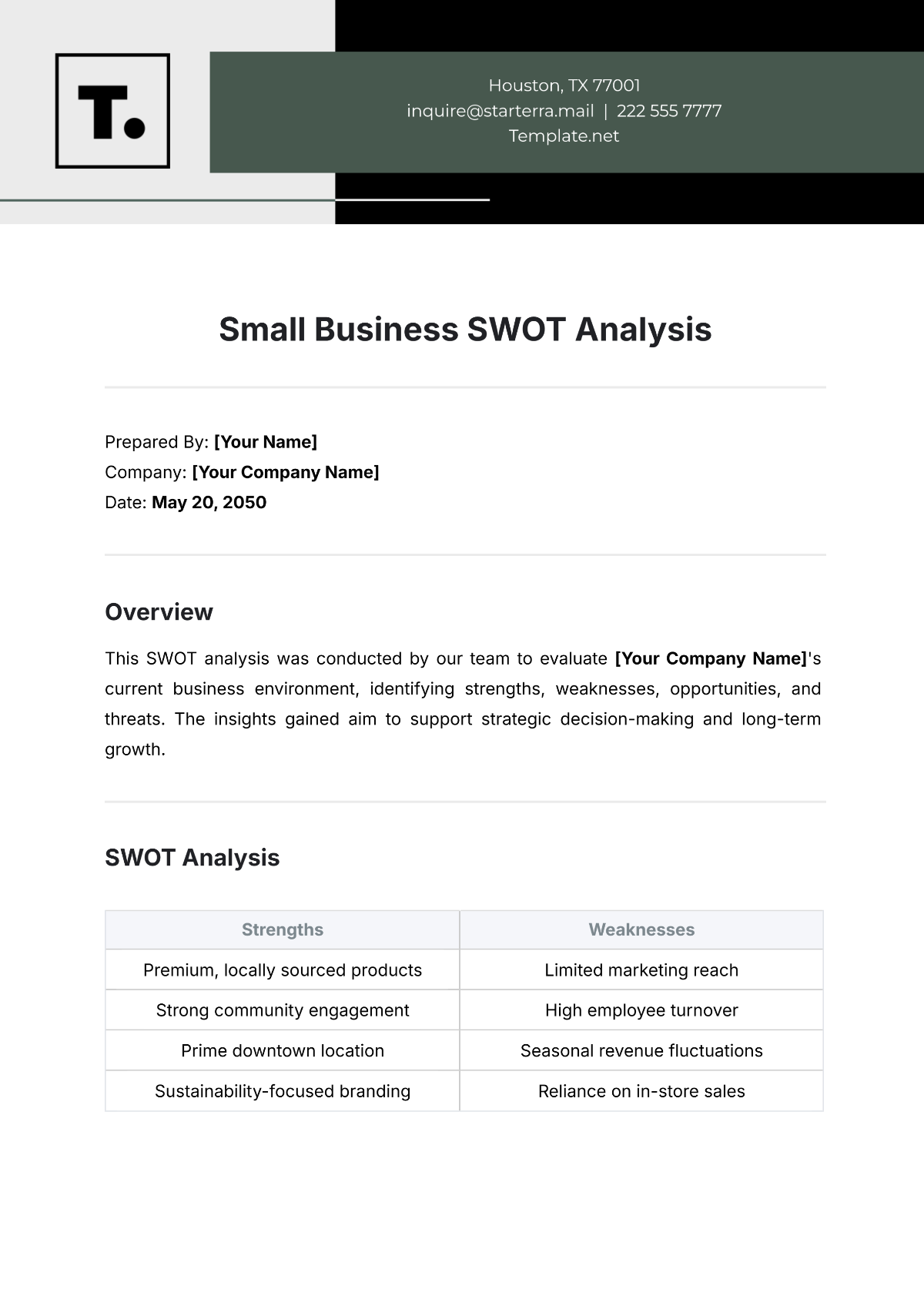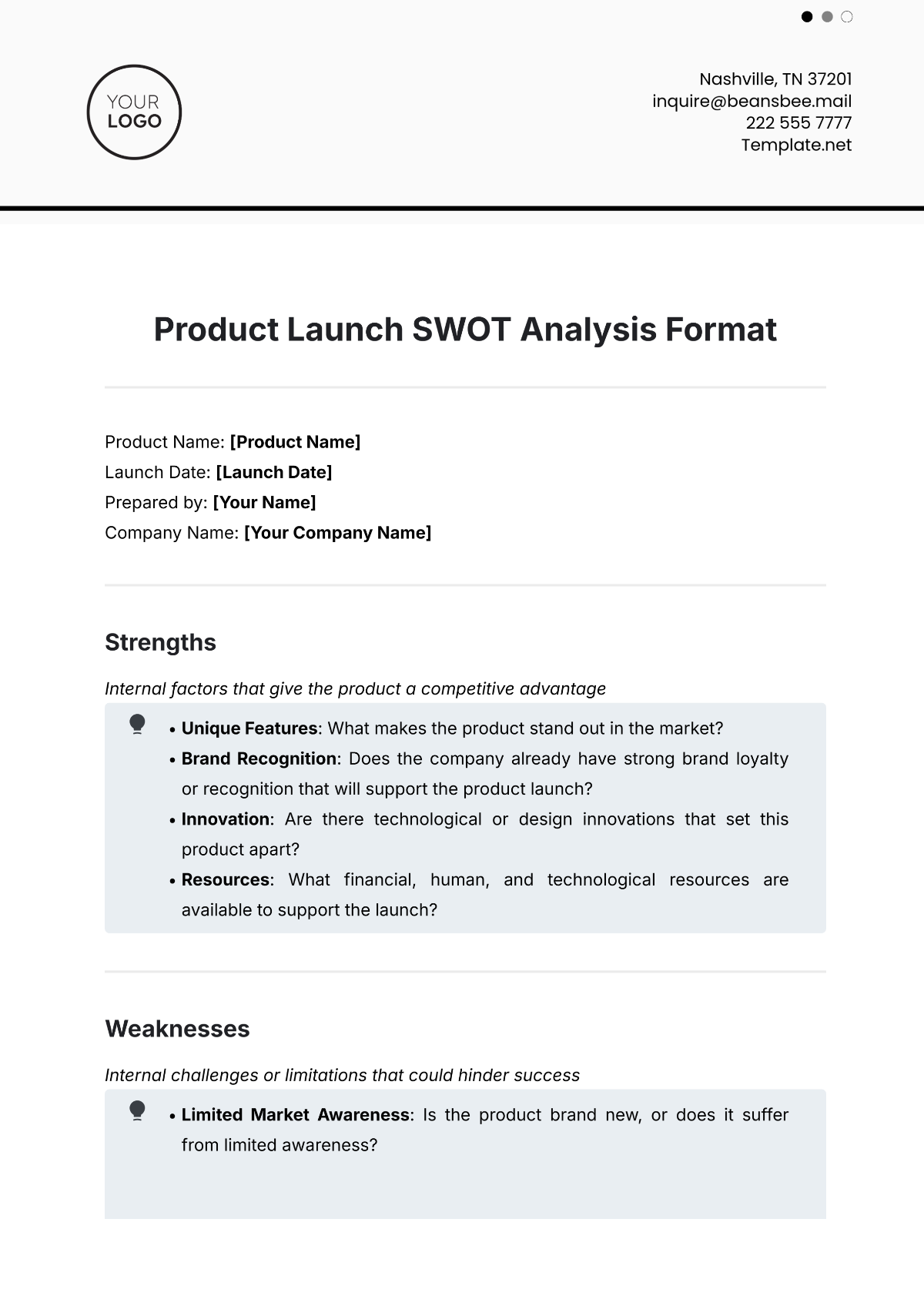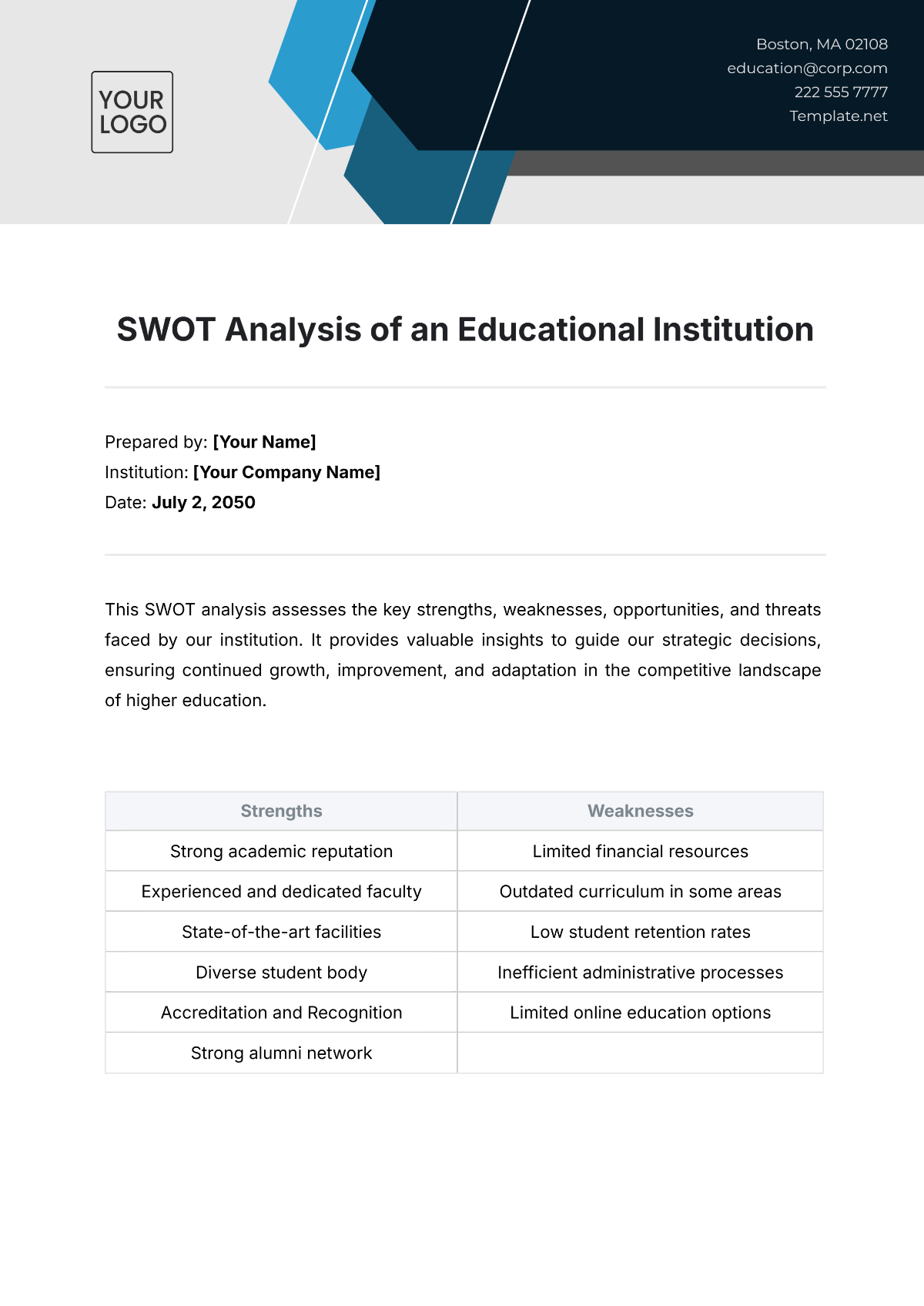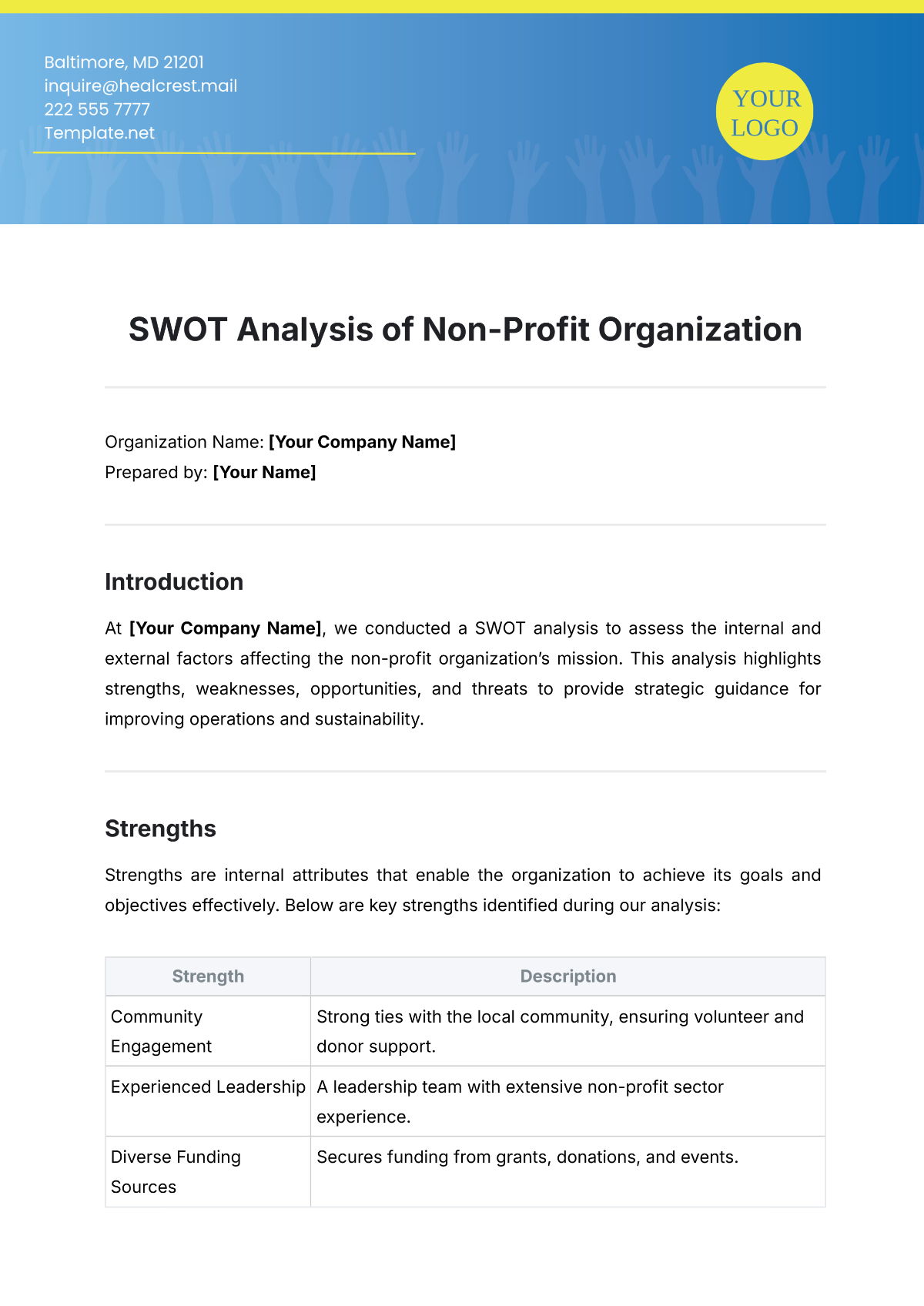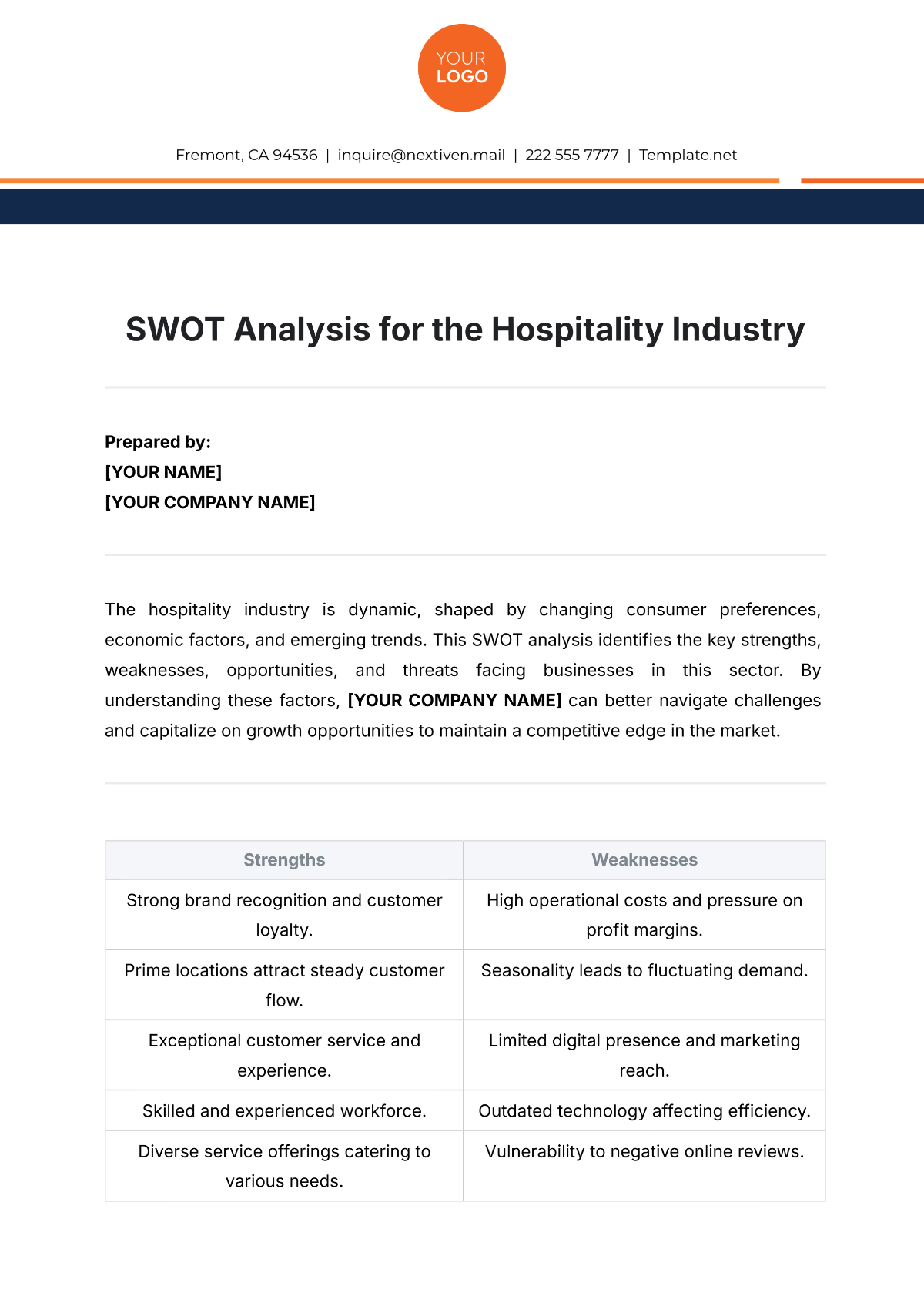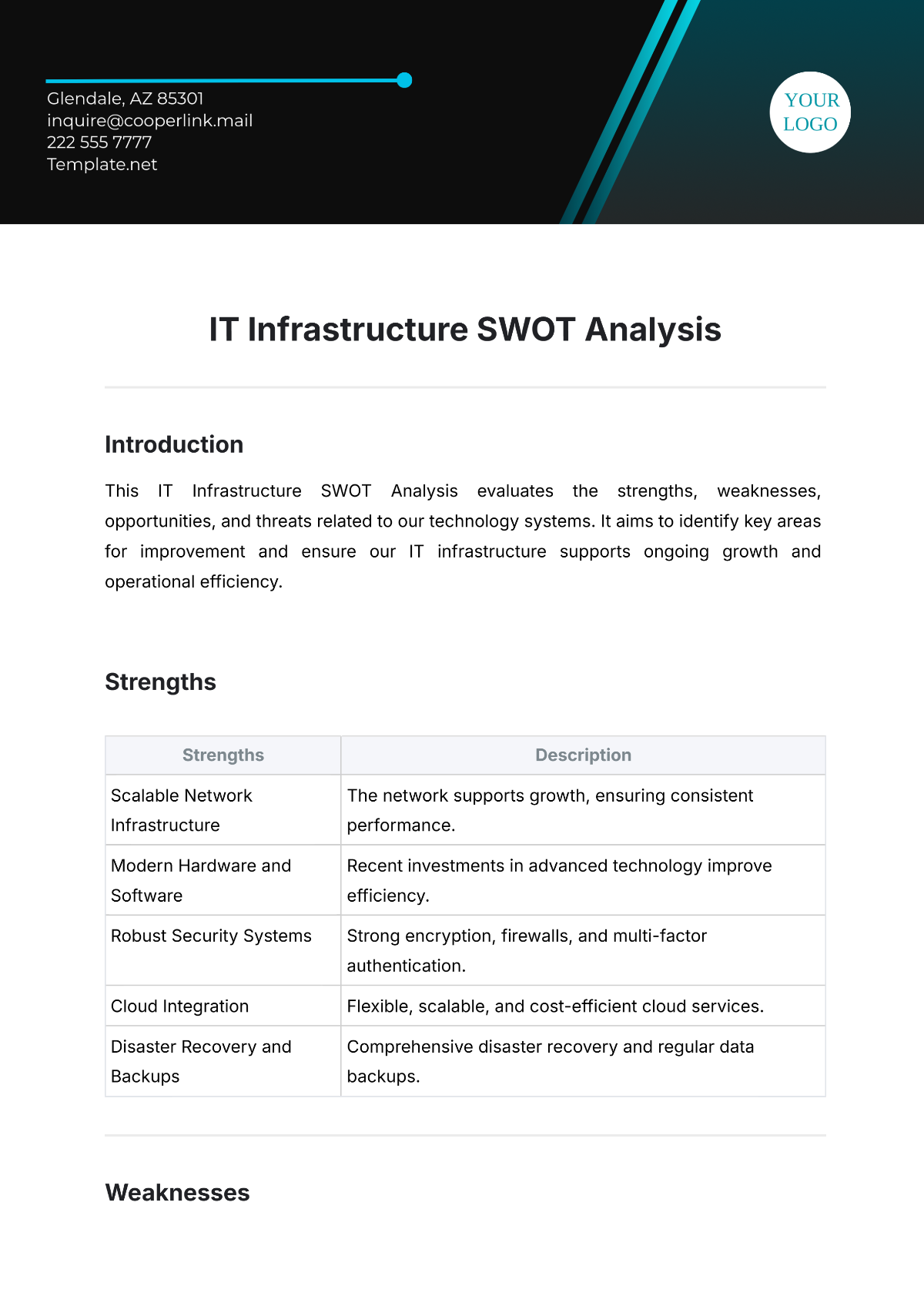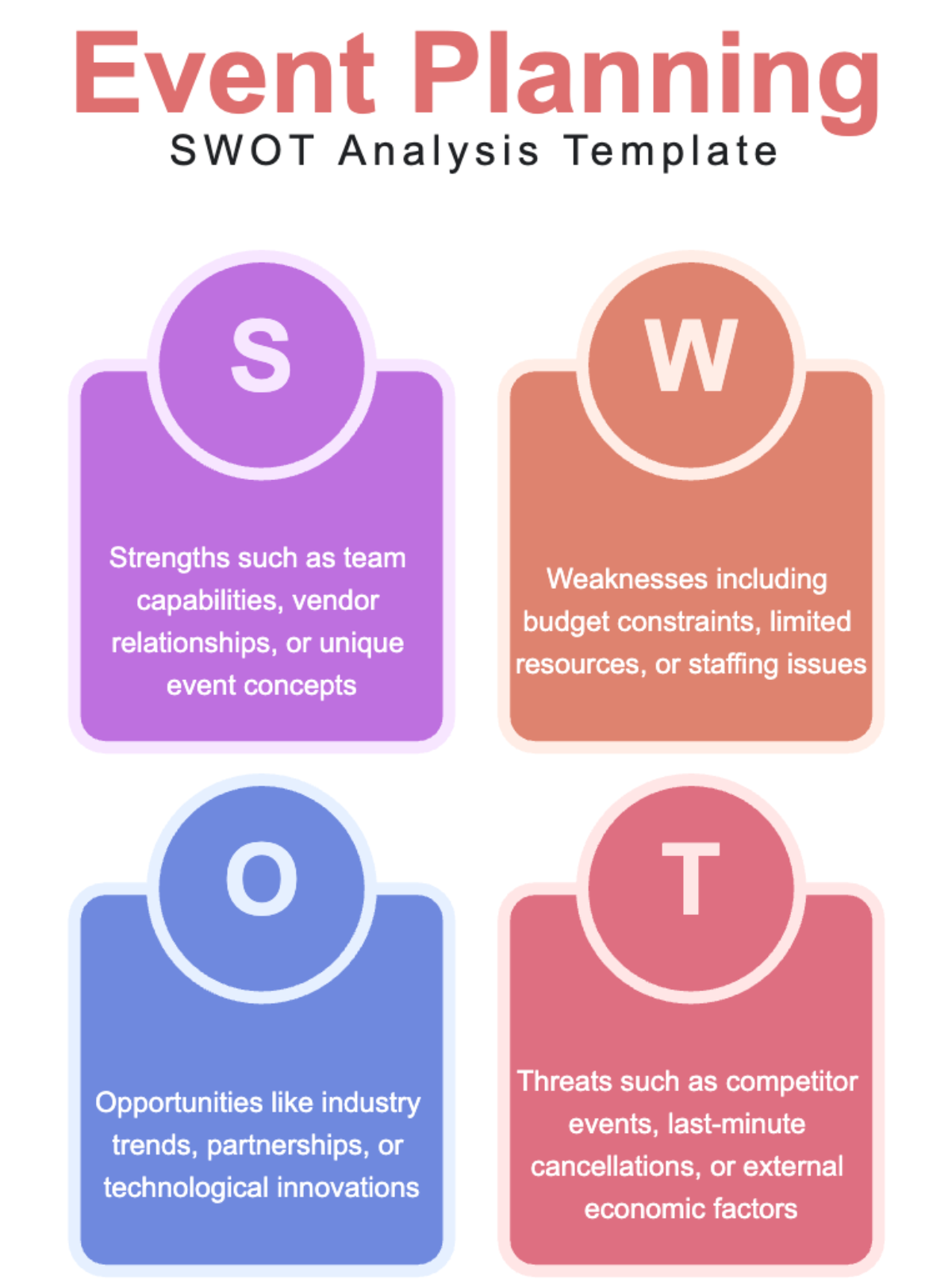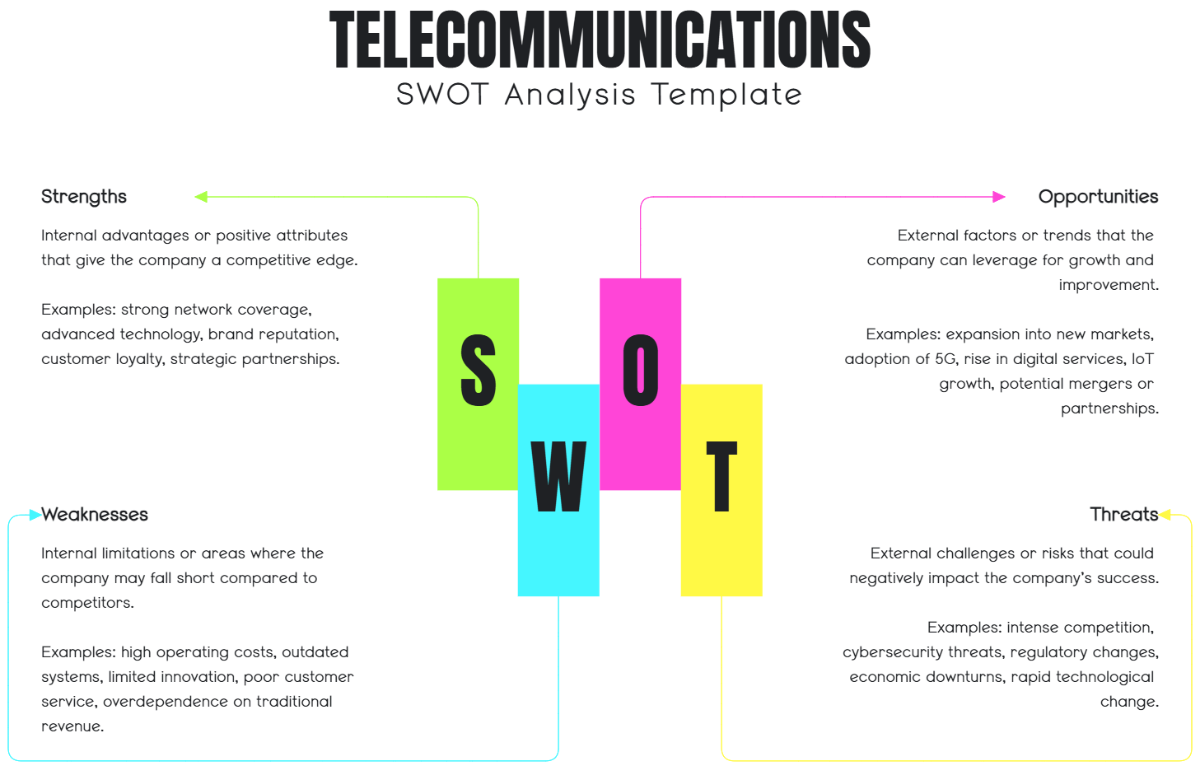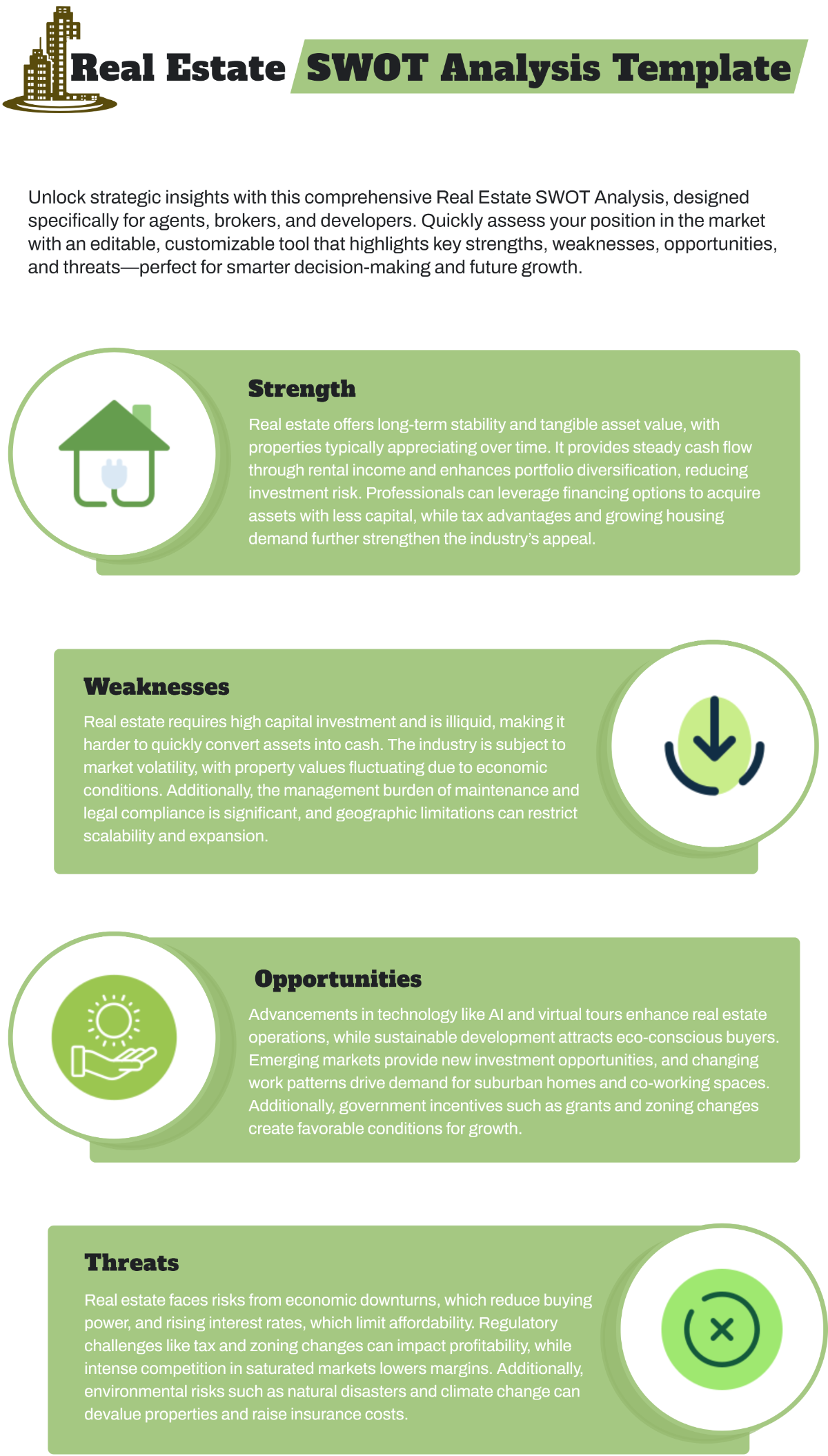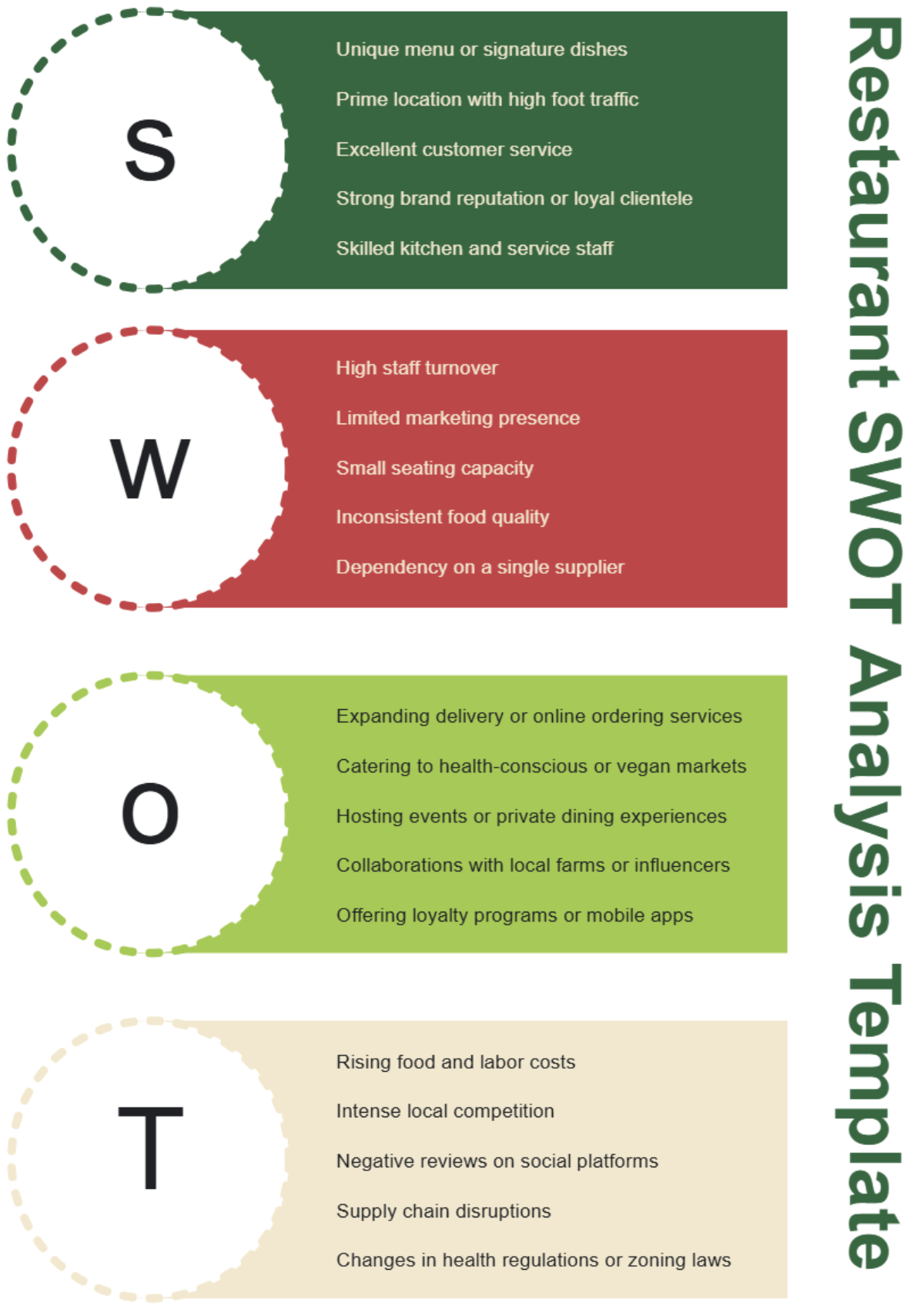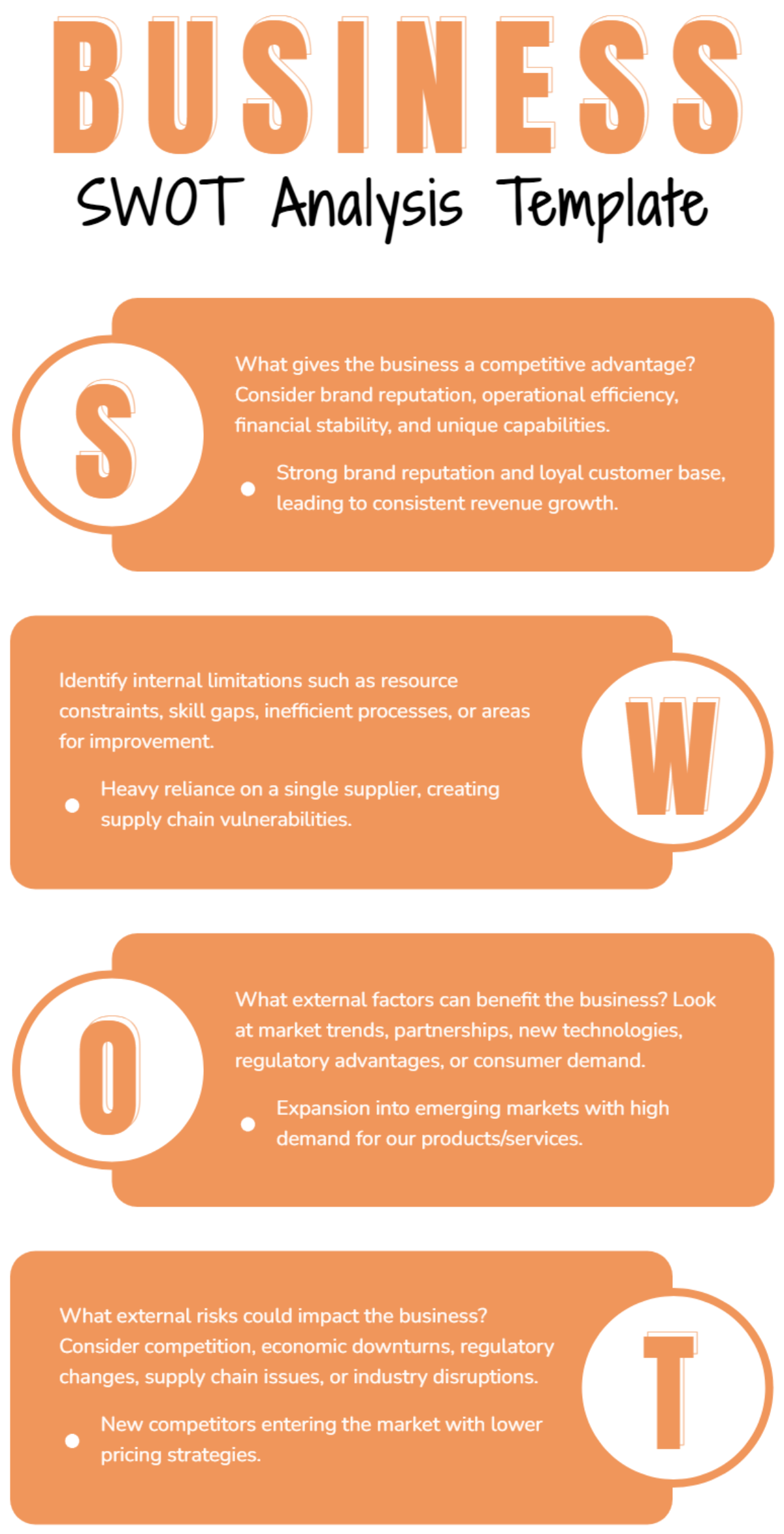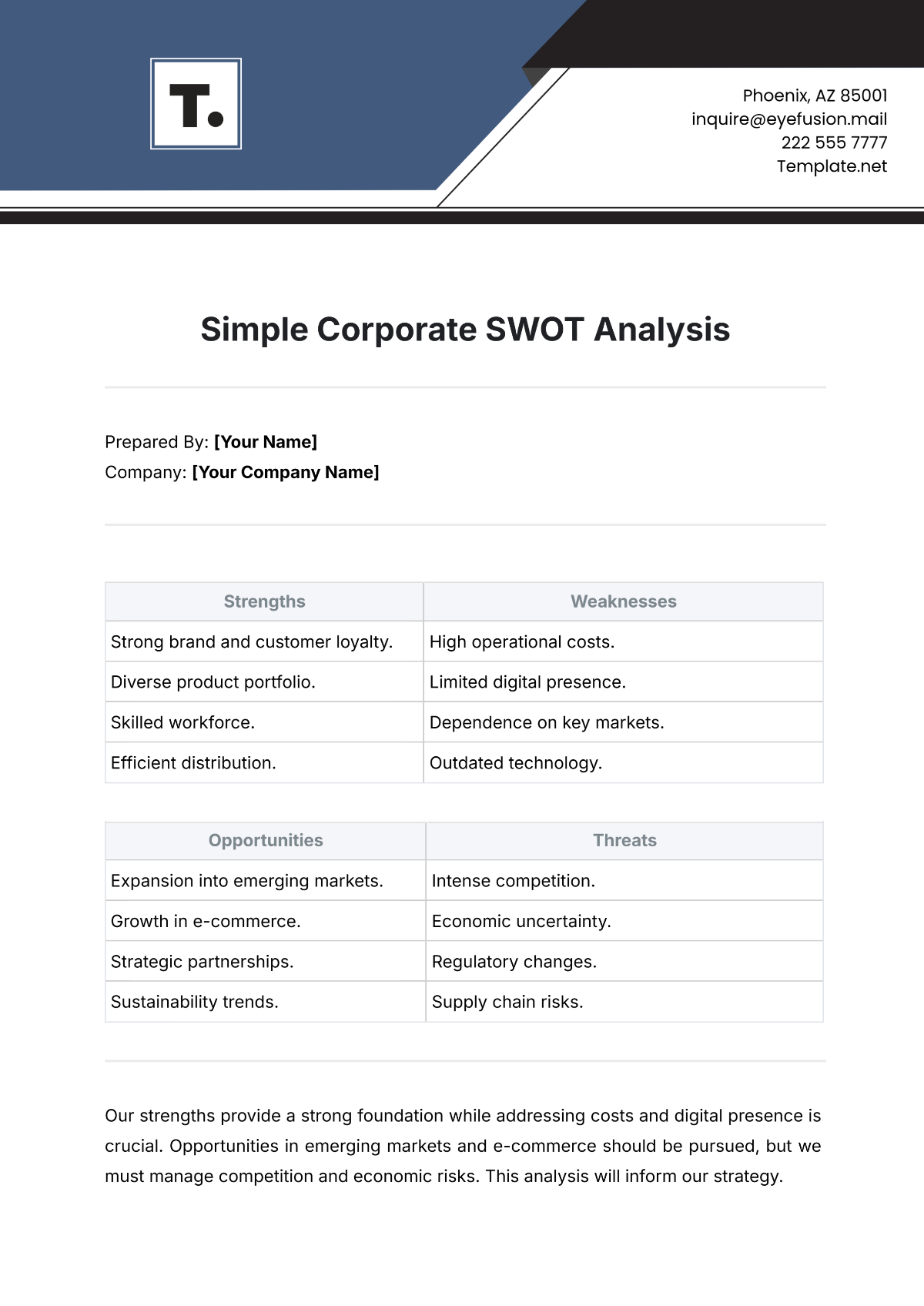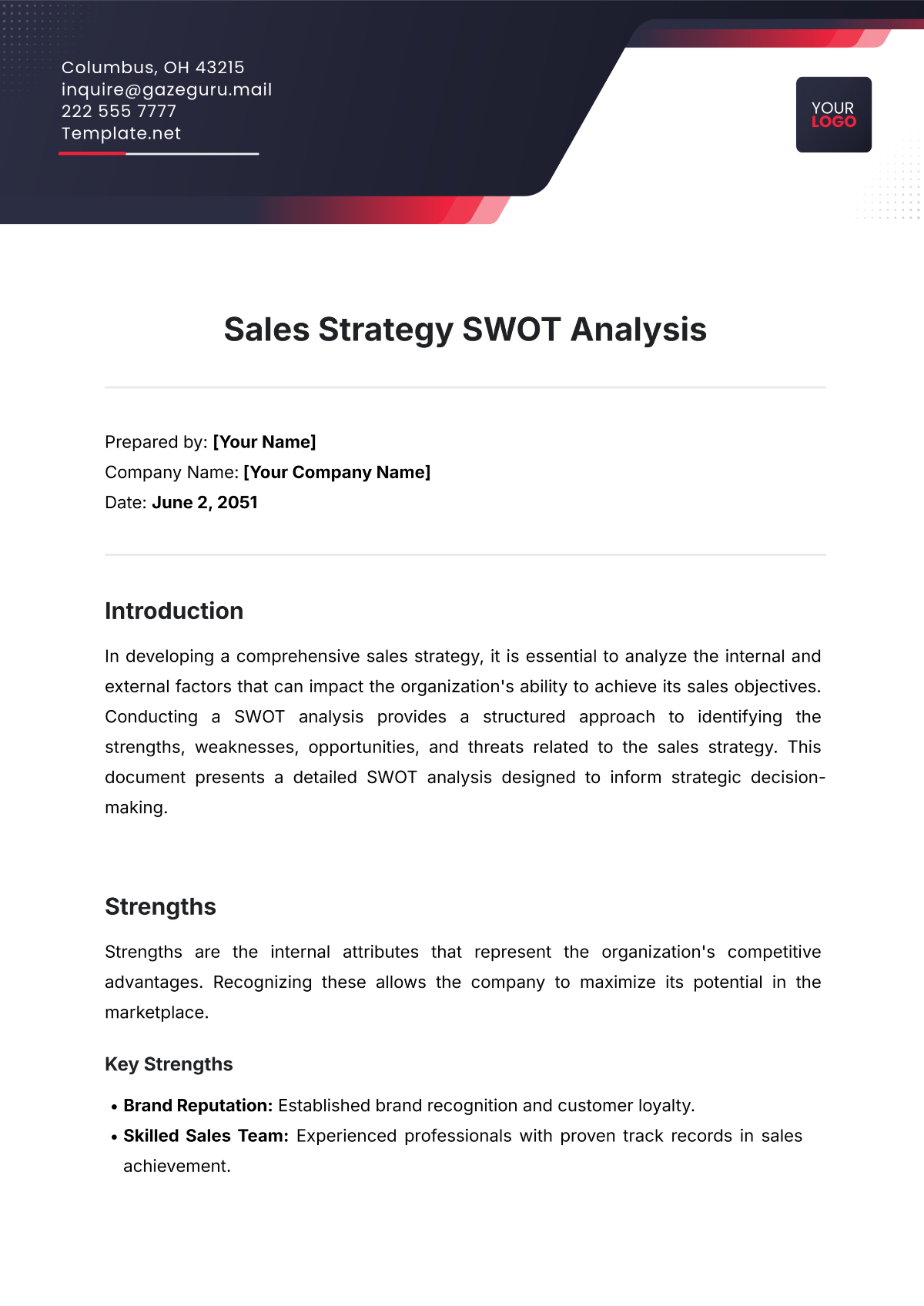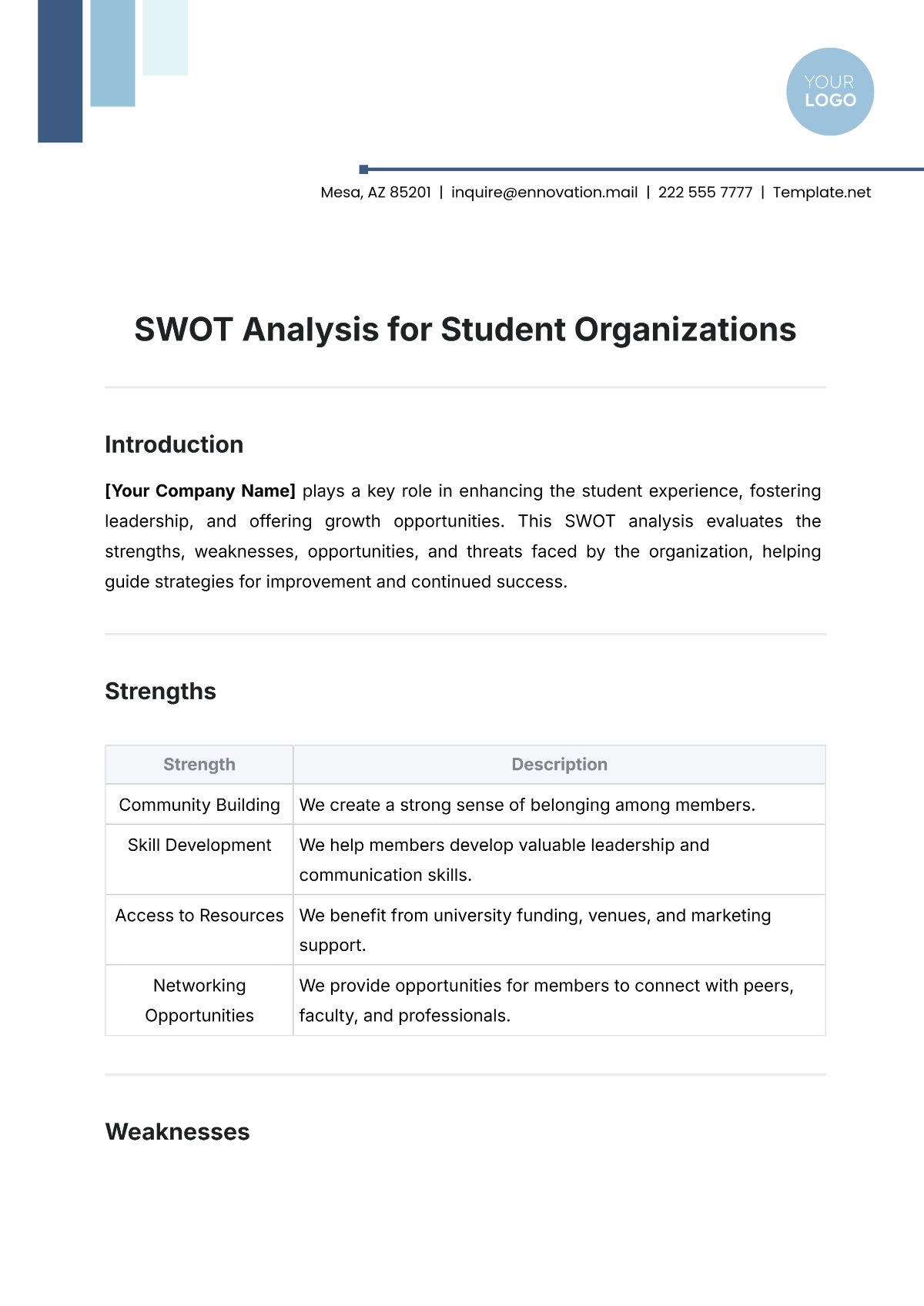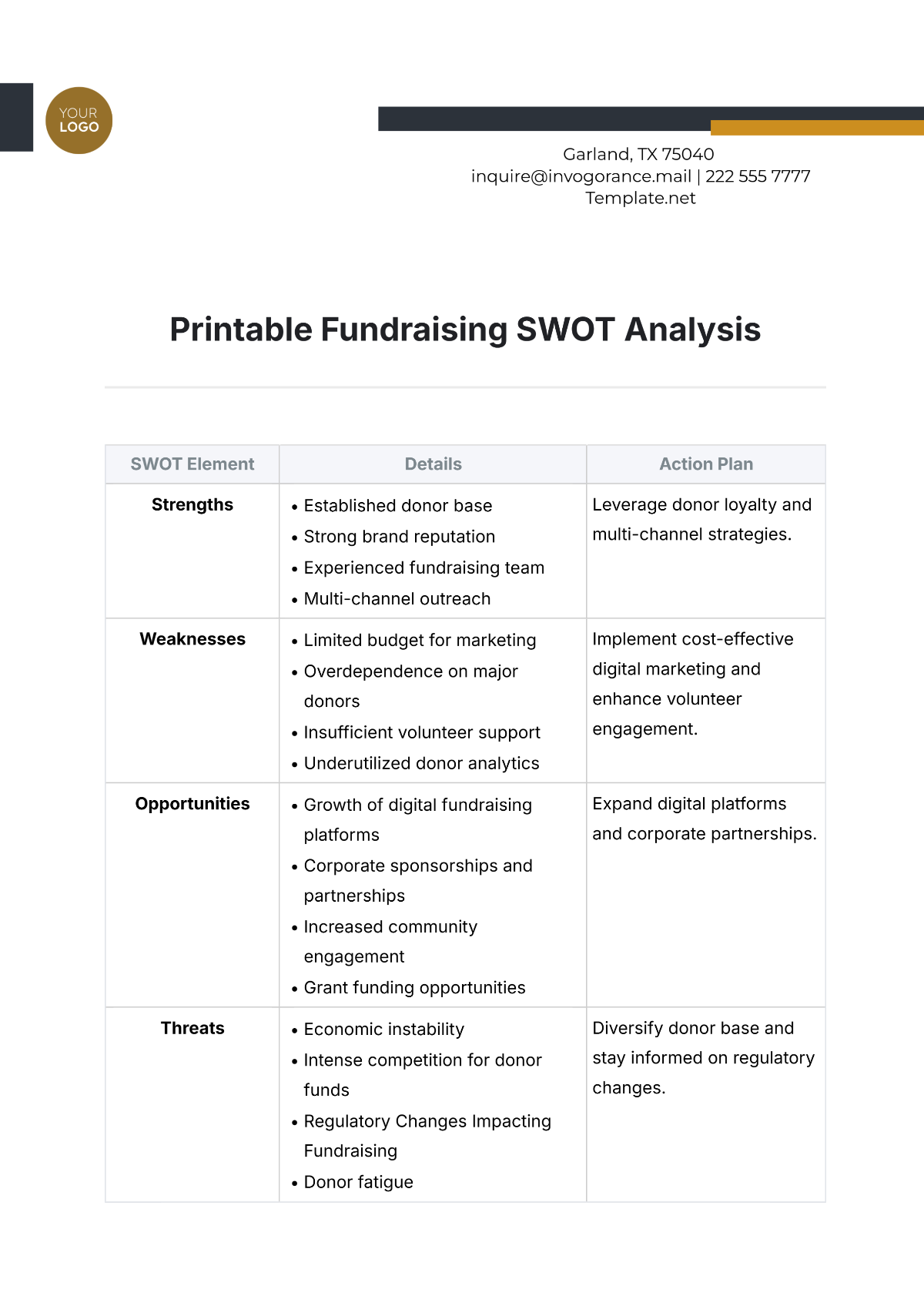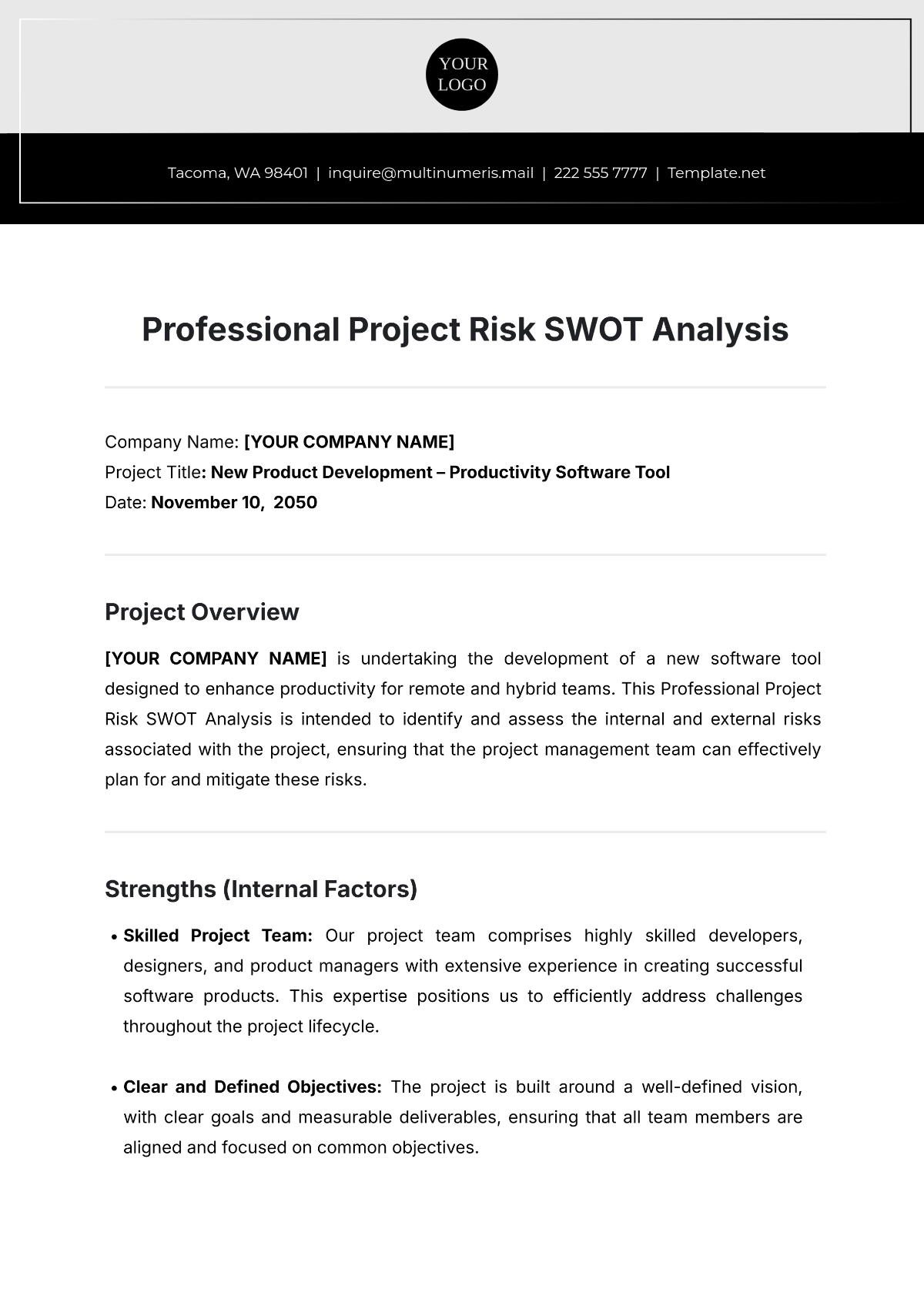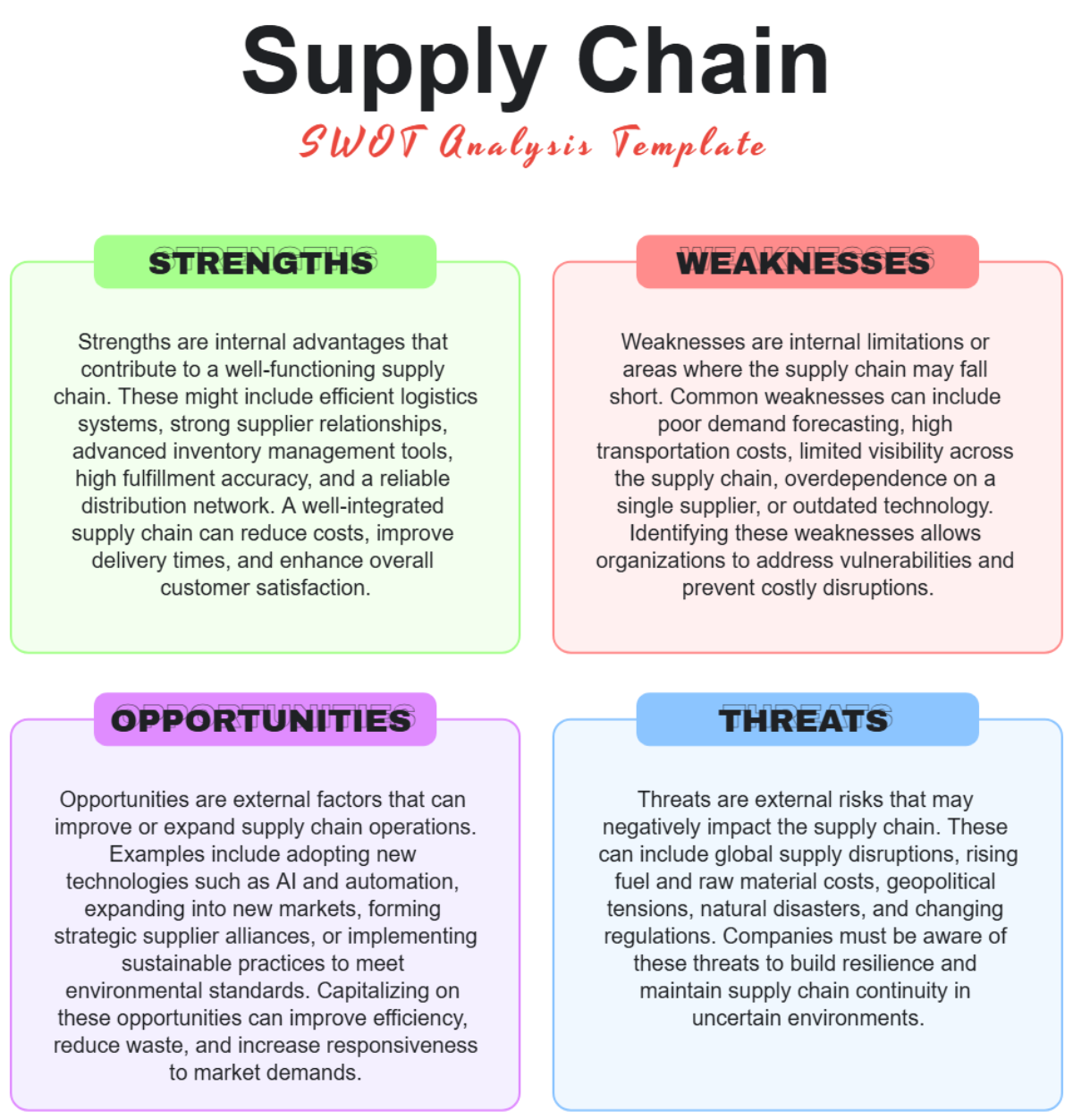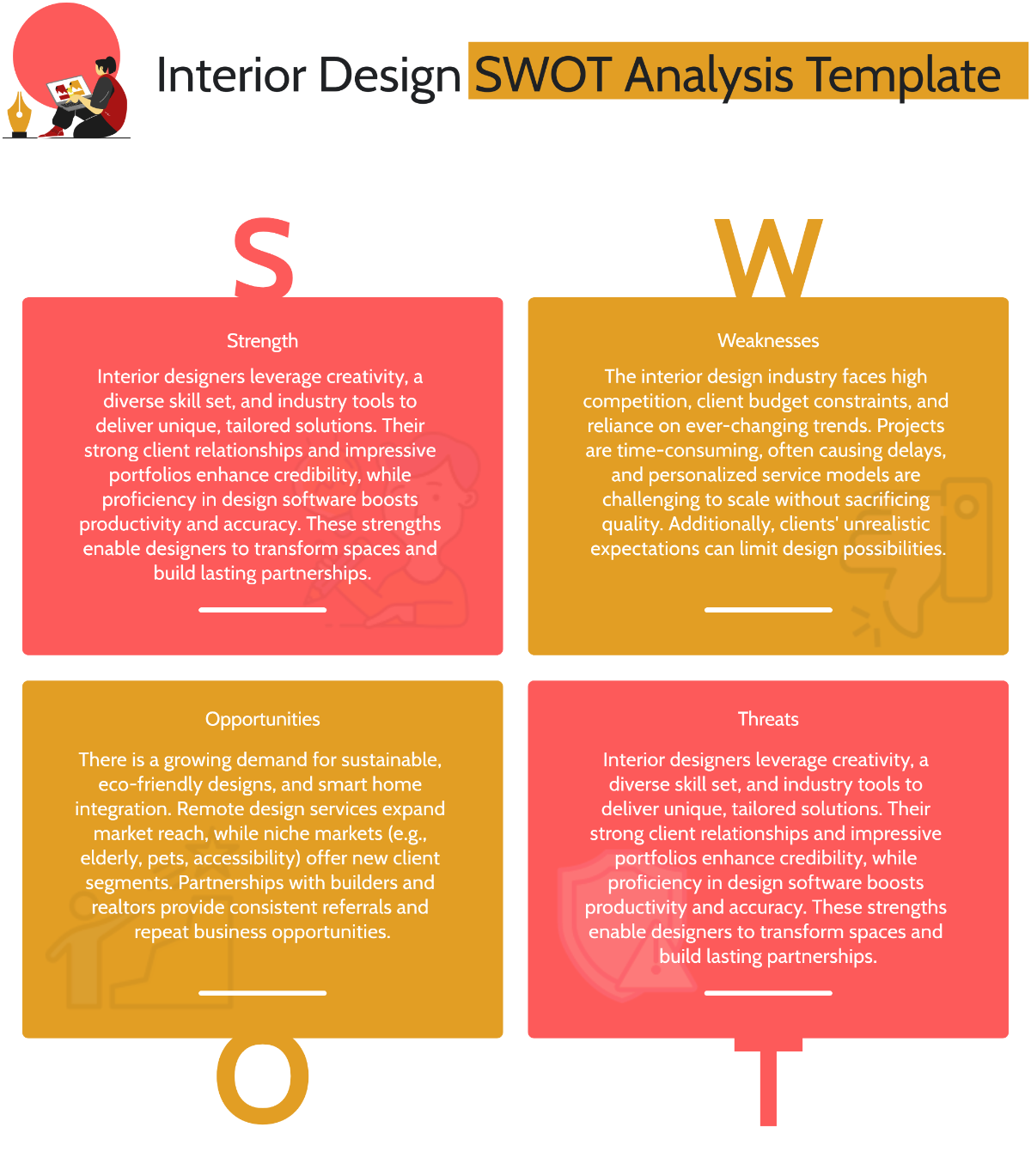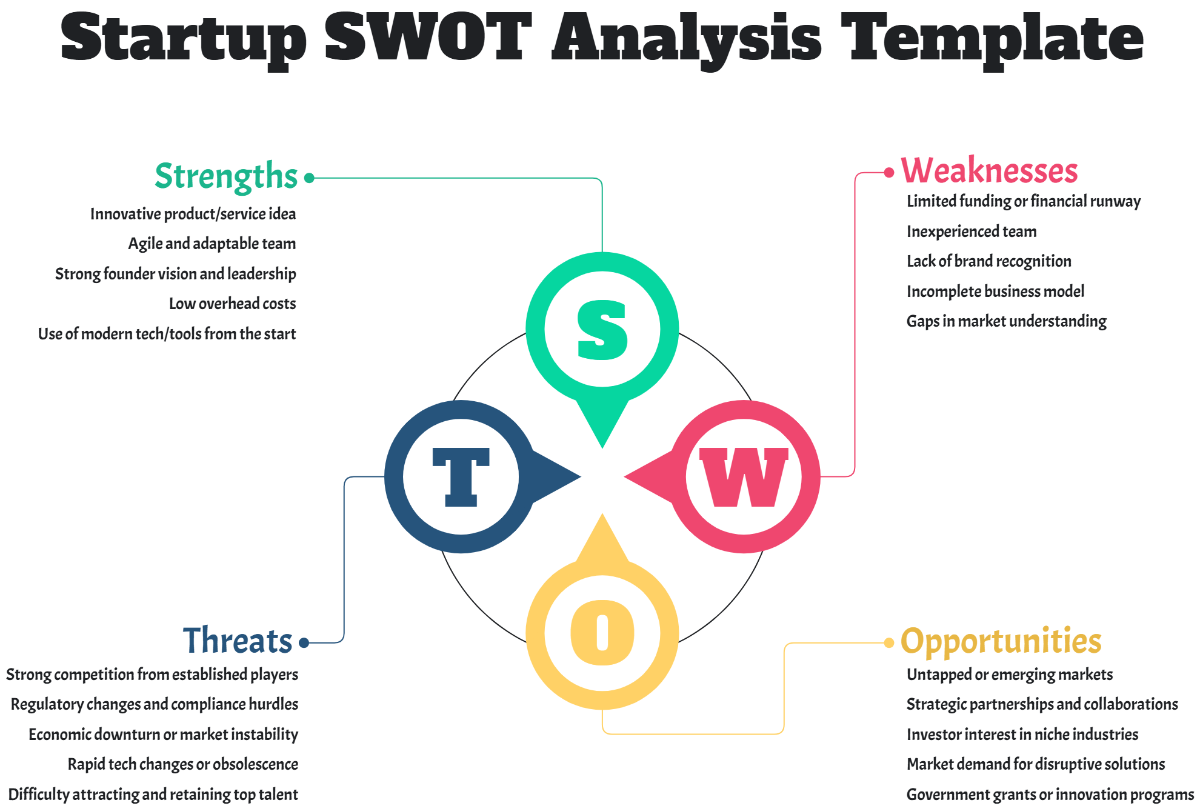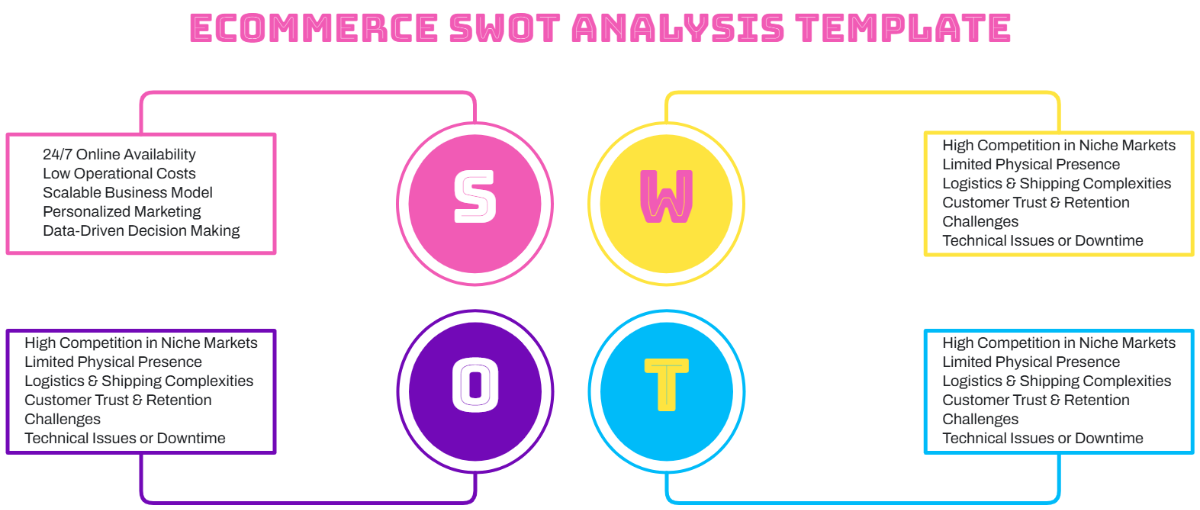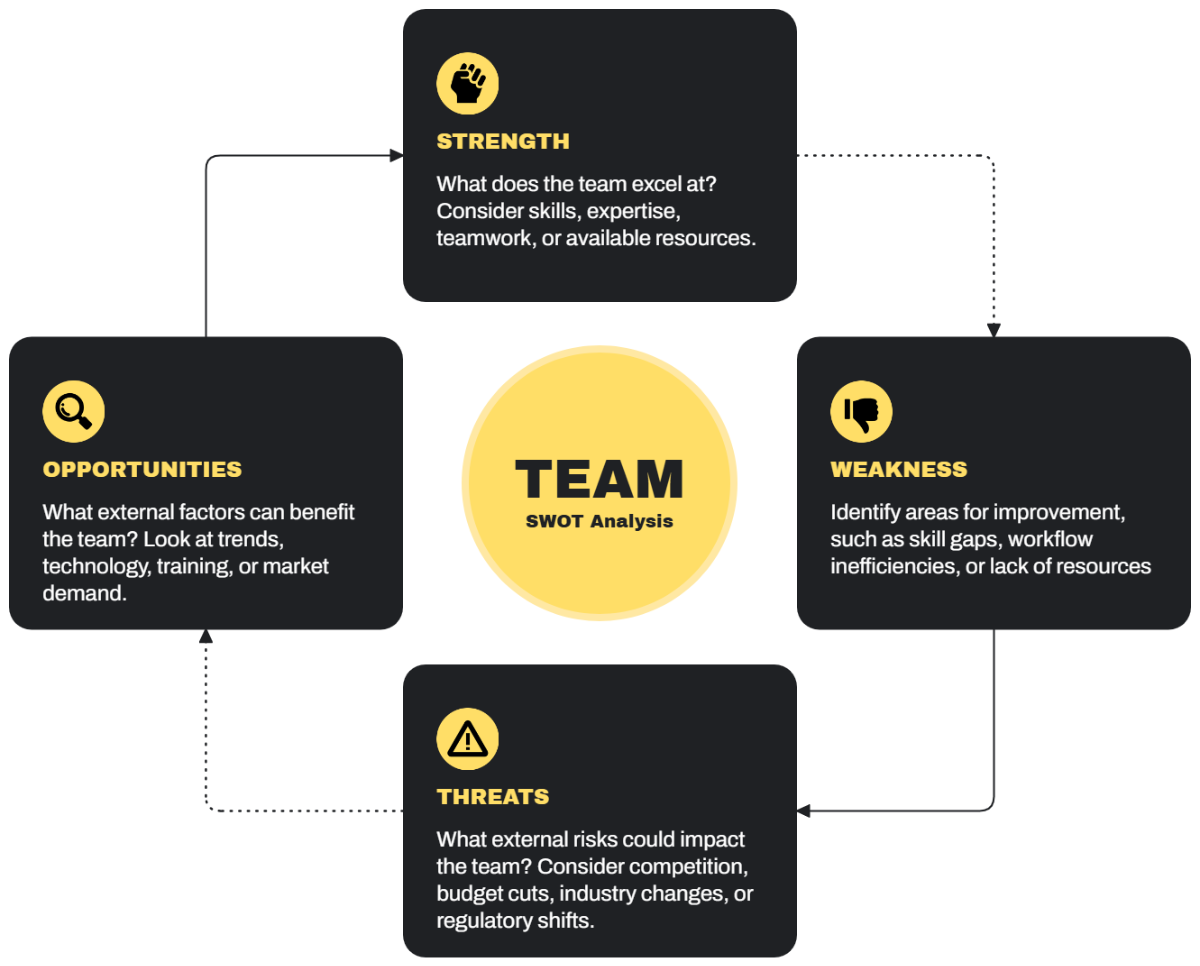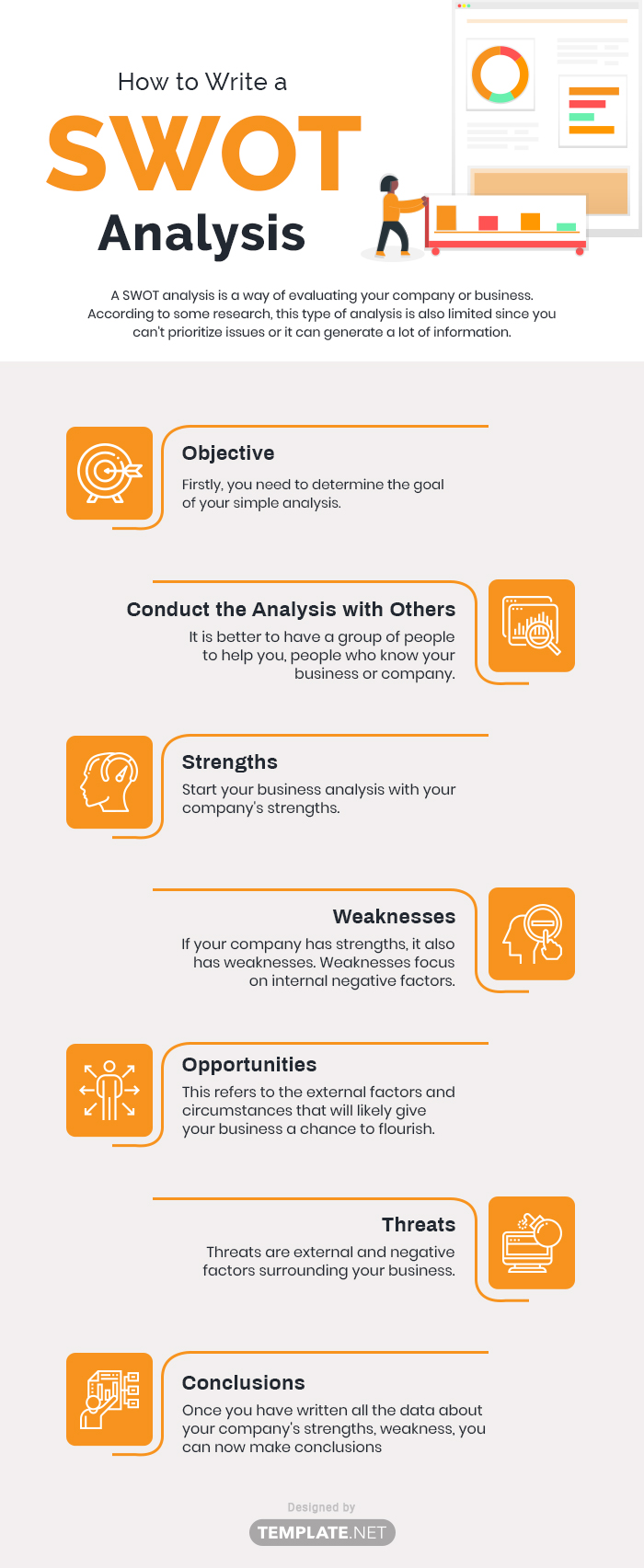A SWOT analysis is a way of evaluating your company or business. There a number of benefits you can get from making a marketing analysis like you can address your threats and weaknesses, you can benefit from your strengths, and you can develop methods and strategies for your goals. However, according to some research, this type of analysis is also limited since you can't prioritize issues or it can generate a lot of information in which you can't choose. Regardless of the limitations, you can still make your own SWOT analysis that can improve your company.
1. Objective
Firstly, you need to determine the goal of your simple analysis. What parts of your strategies or projects do you want to analyze? You can download a blank SWOT analysis template online.
2. Conduct the Analysis with Others
In order to get accurate and objective results for your SWOT analysis, you need to call other people from your team, management, sales, customer service, and others. In this way, the results will not only come from a single source or person. It is better to have a group of people to help you, people who know your business or company.
3. Strengths
Start your business analysis with your company's strengths. Strengths focus on internal factors which are the positive things about your company like a personal relationship with your customers, good employee attitudes, huge share in the market, high integrity, efficient manufacturing, capital, researching capabilities, and other positive qualities.
4. Weaknesses
If your company has strengths, it also has weaknesses. Weaknesses focus on internal negative factors. Weaknesses such as the areas that your business lacks, limited productivity, poor business location, limited resources, and other things.
5. Opportunities
This refers to the external factors and circumstances that will likely give your business a chance to flourish. These can lead to market growth that hugely benefitted your company, or there is new information from the market and environment that will surely give your company huge opportunities.
6. Threats
Threats are external and negative factors surrounding your business. These threats can be your contemporary or possible competitors in the future, aspects that are out of your control that can lead your company into grave danger, new products or technologies in the market from your competitors that can potentially lead your company into poor sales, changes in the attitudes of customers that can lower your market sales, the changes in the prices of your suppliers, and others. This is also synonymous with competitive analysis.
7. Conclusions
Once you have written all the data about your company's strengths, weaknesses, opportunities, and threats, you can now make conclusions. Evaluate your gathered information; does the positive outweigh the negative or vice versa? You can now decide what the next steps are in order to stay on top of your business.
